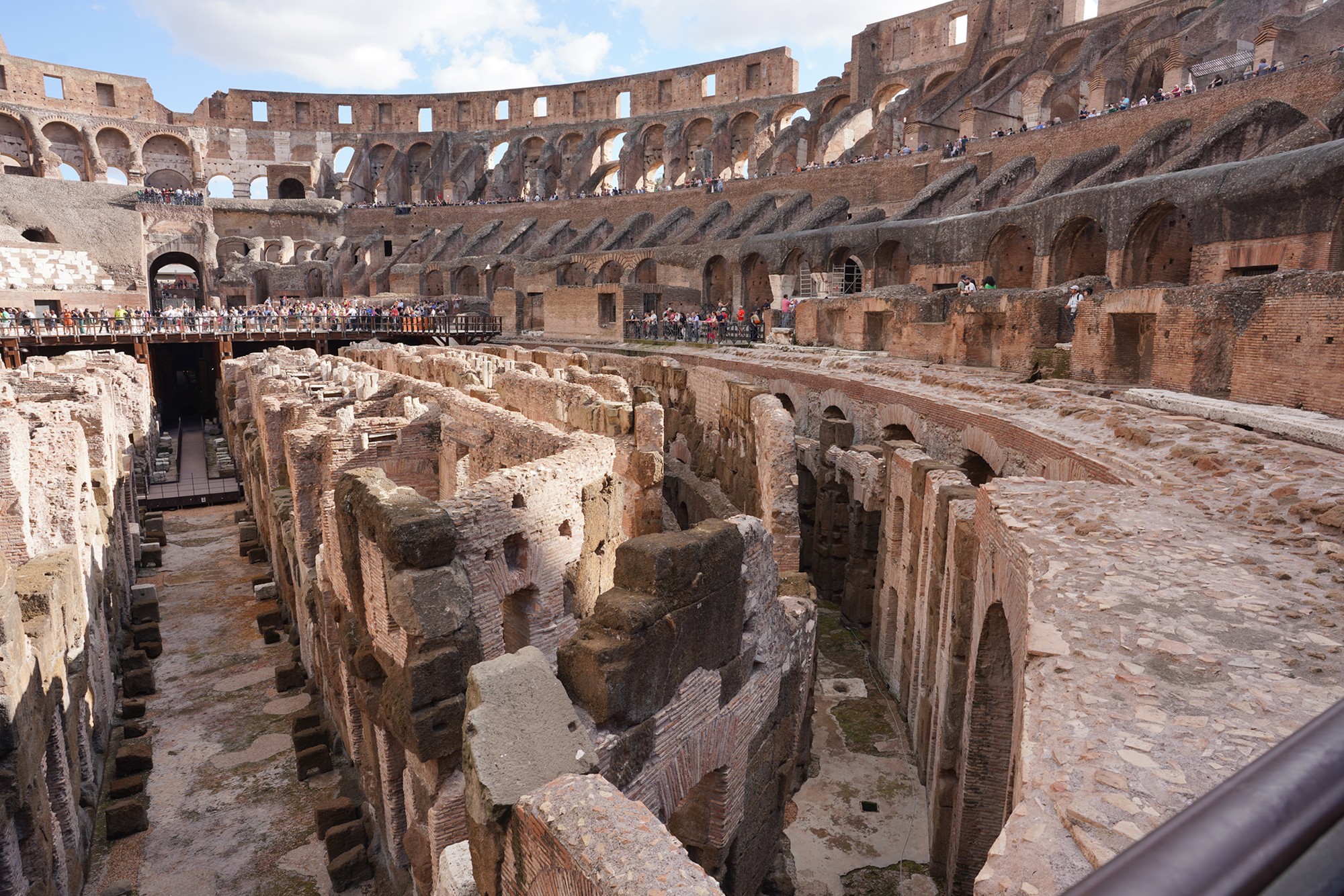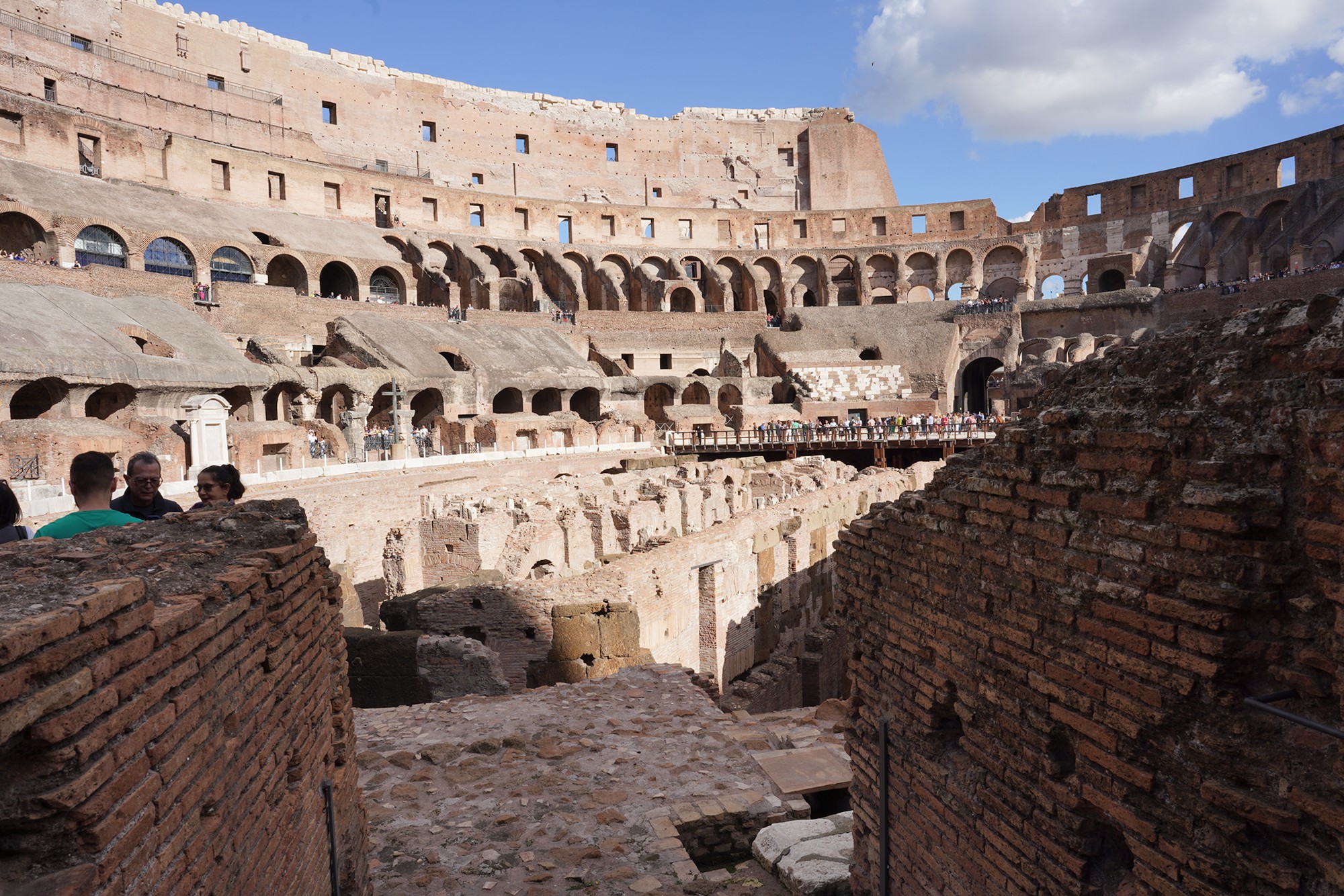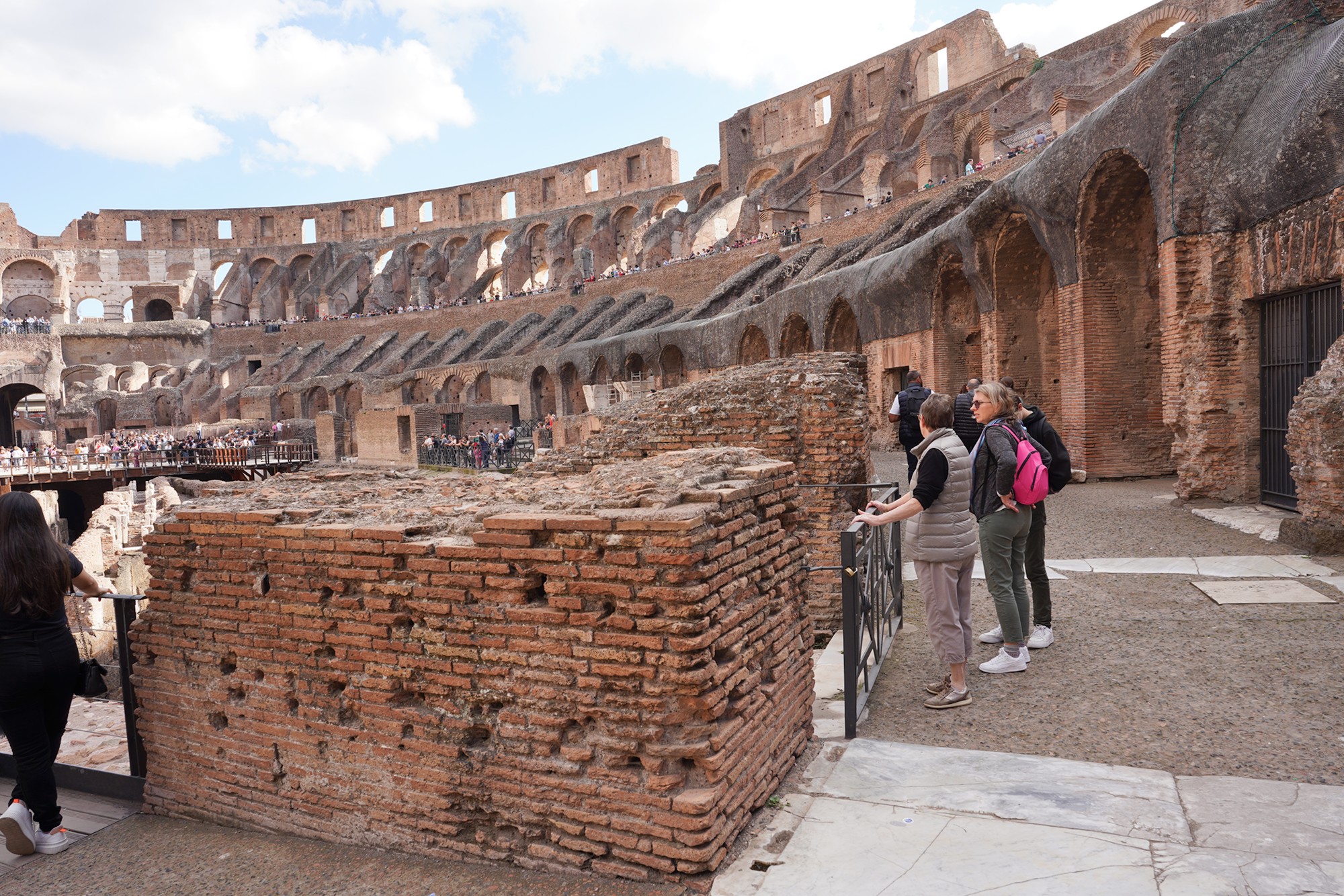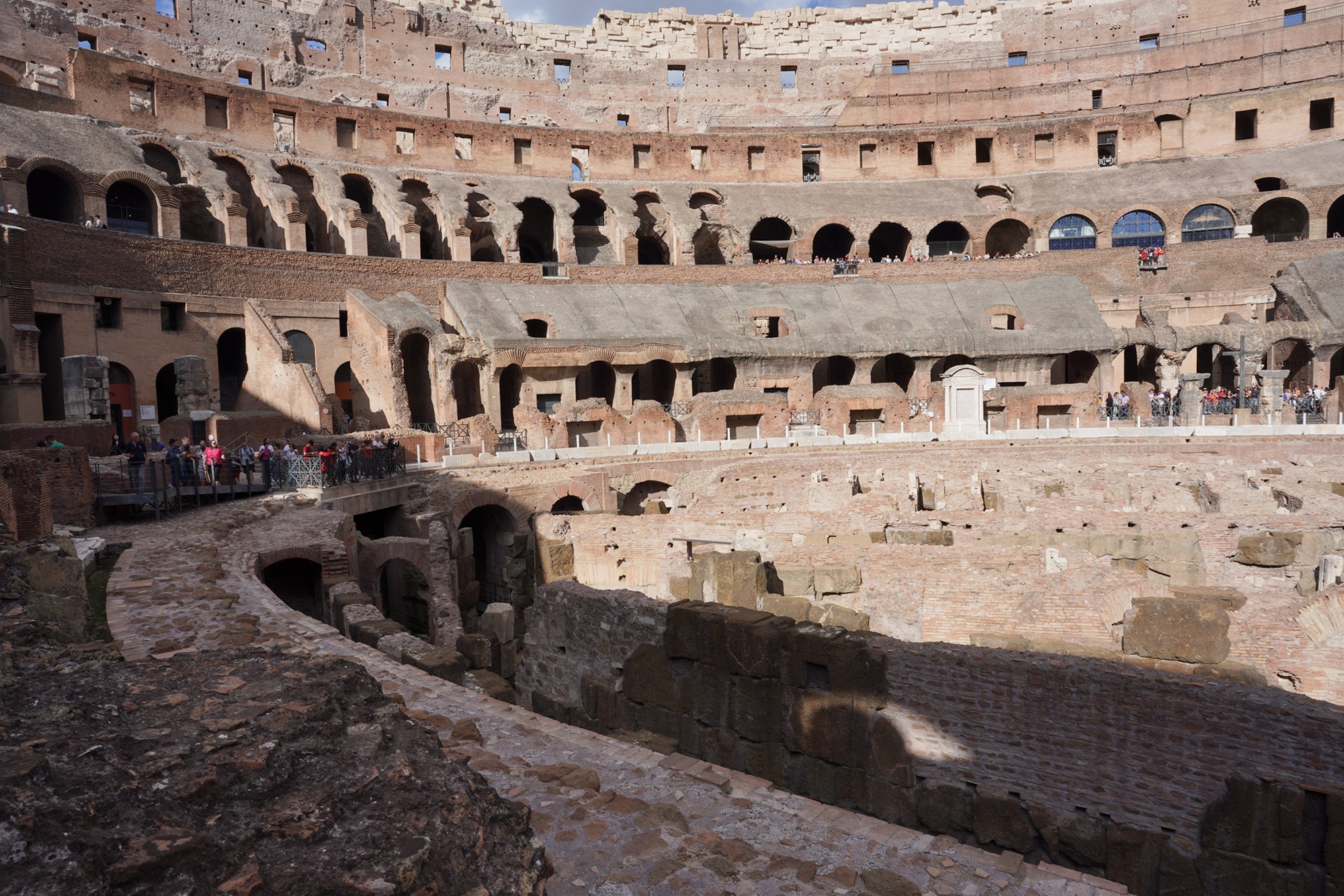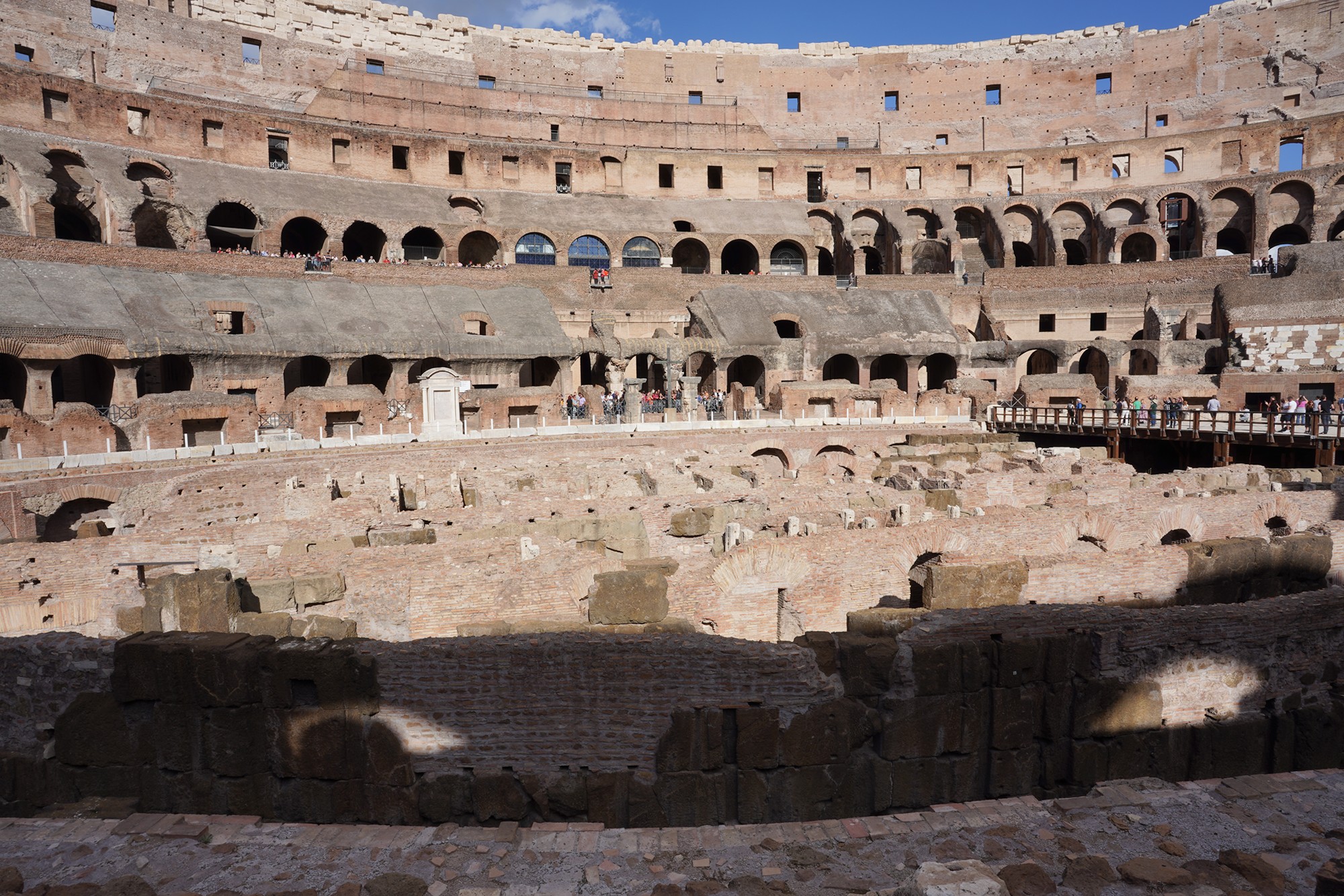The Colosseum, Rome, Italy
The Colosseum was commissioned by Emperor Vespasian of the Flavian dynasty in AD 70-72 and was completed by his successor Titus in AD 80.
The Colosseum: Piazza del Colosseo, 1, 00184 Roma RM, Italy
The Colosseum could hold up to 80,000 spectators and was used for gladiatorial contests, public spectacles, animal hunts, and mock sea battles.
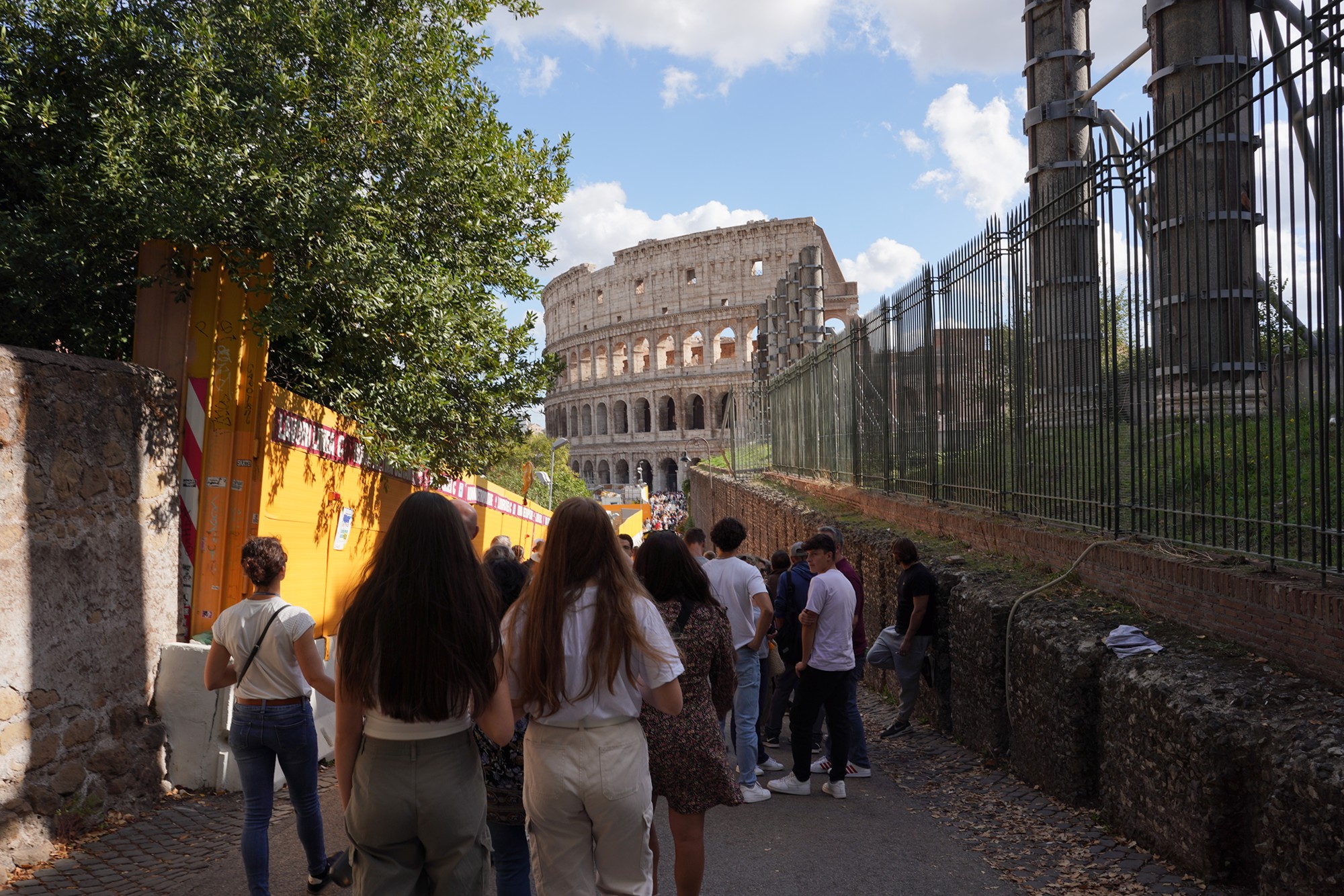
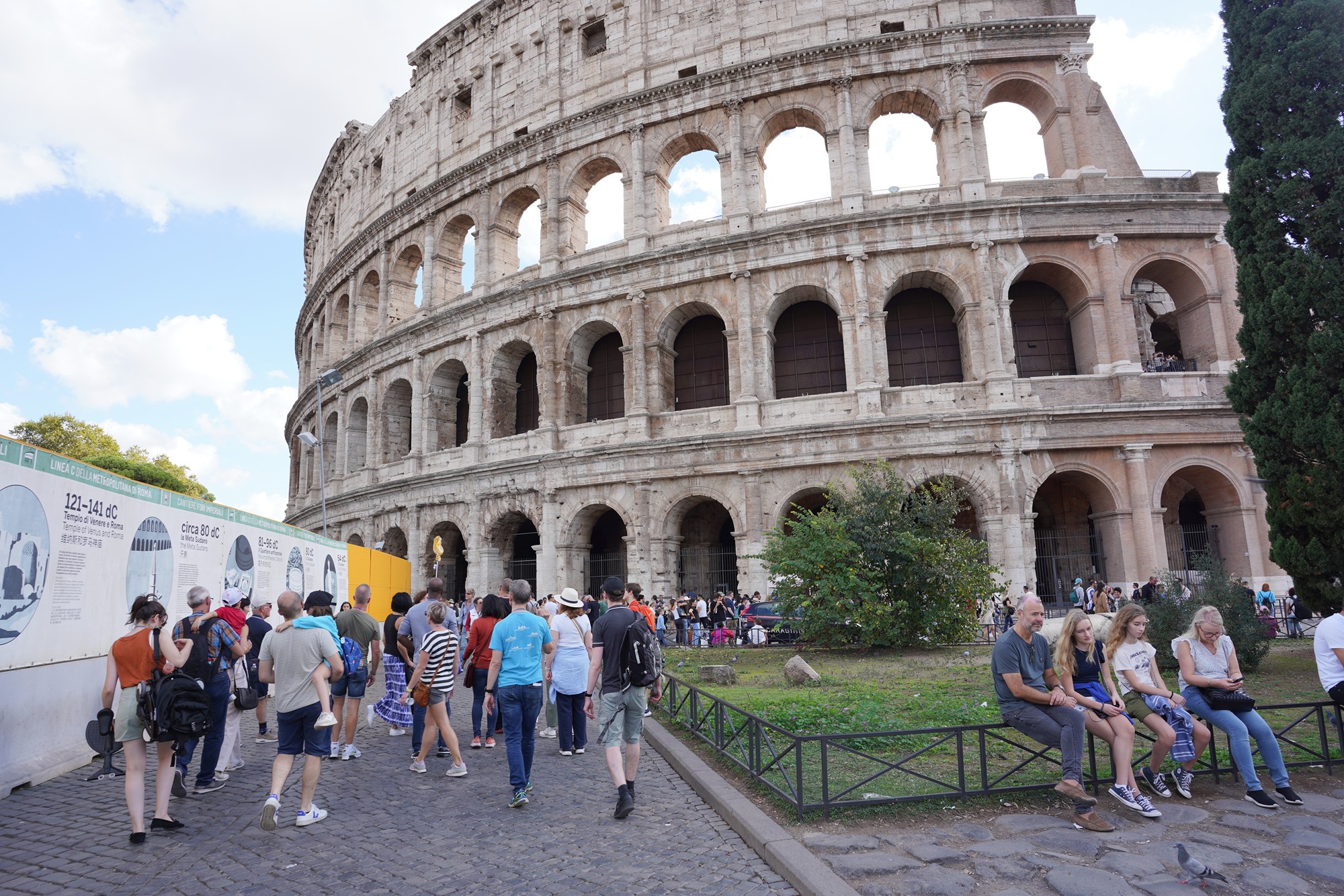
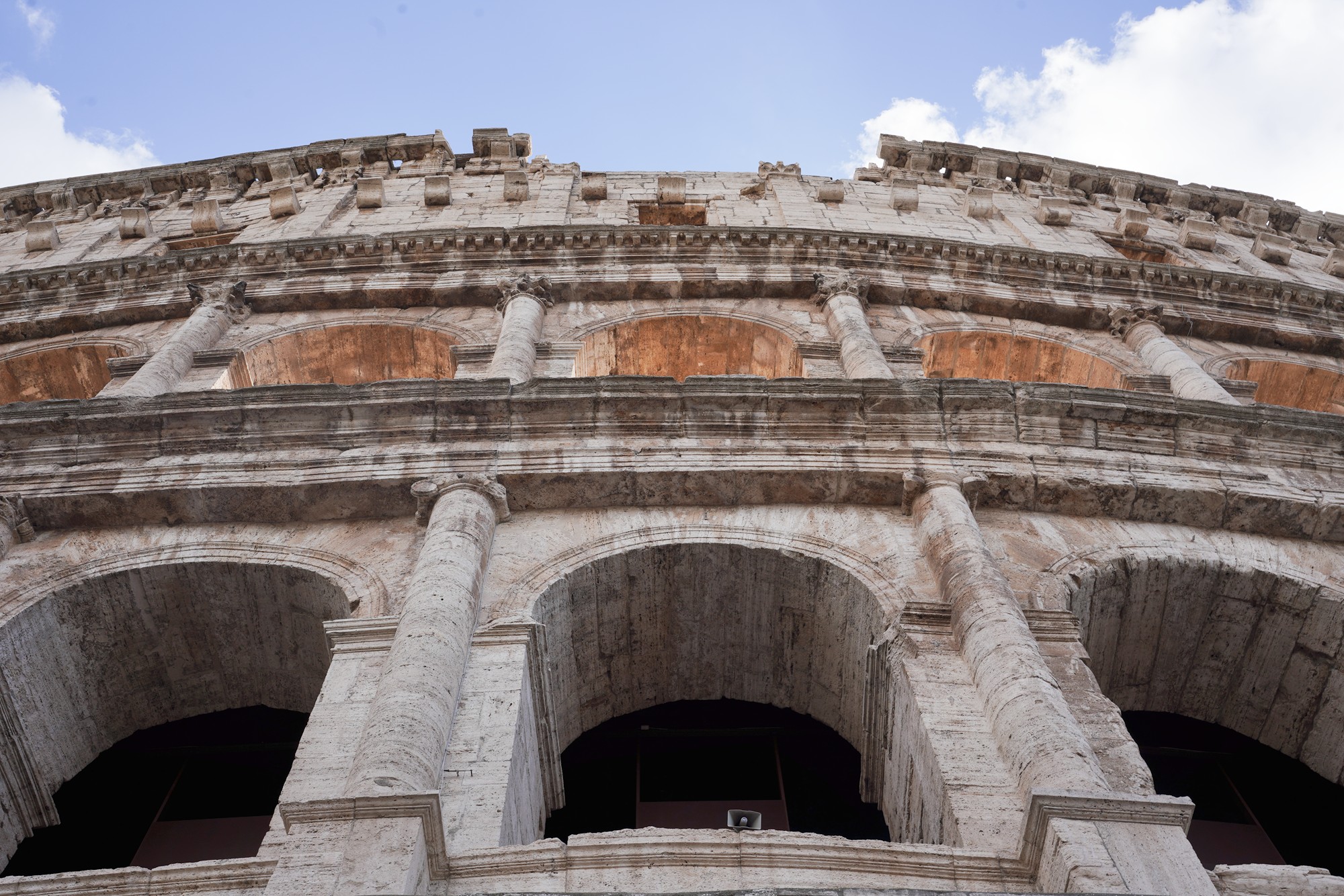
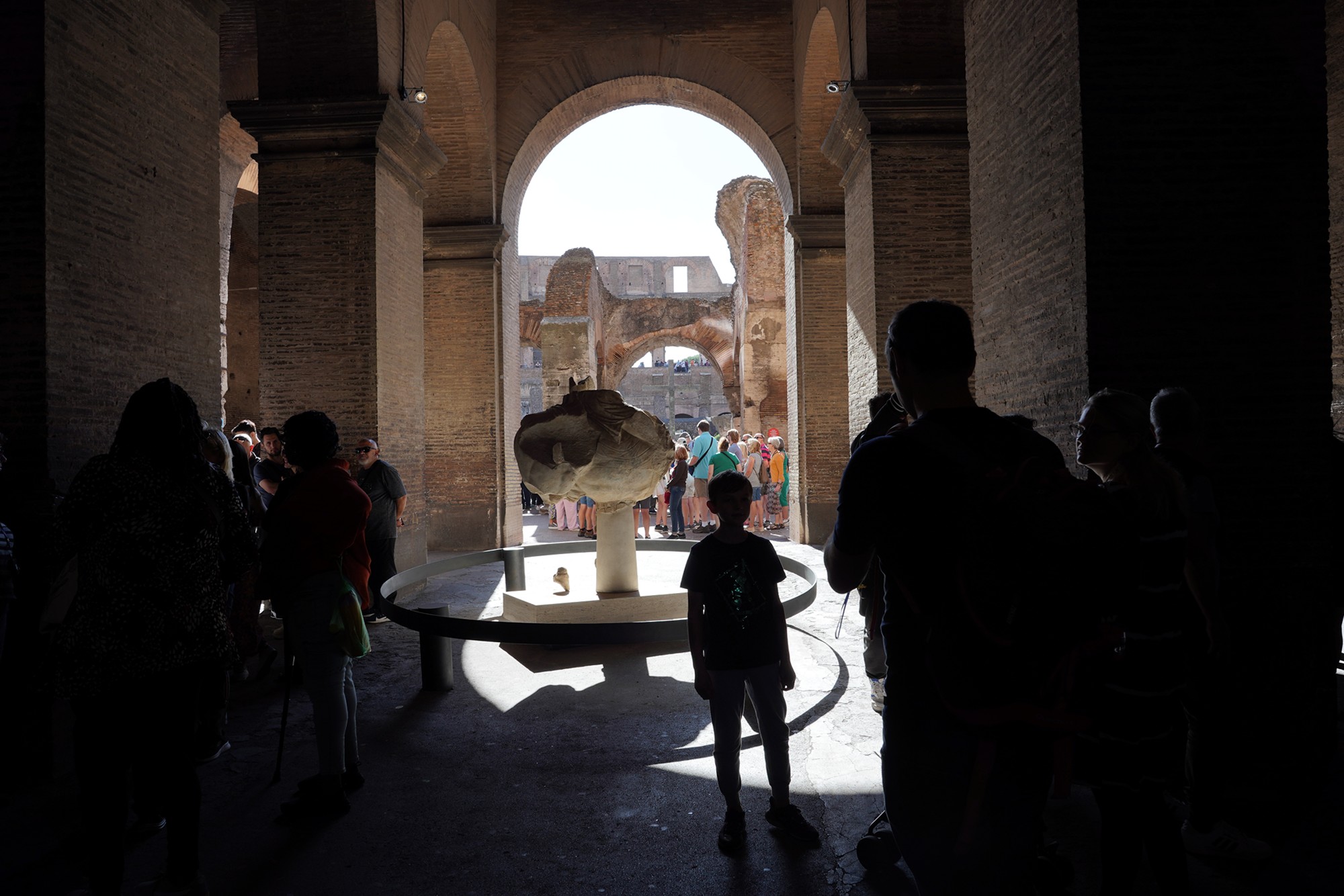
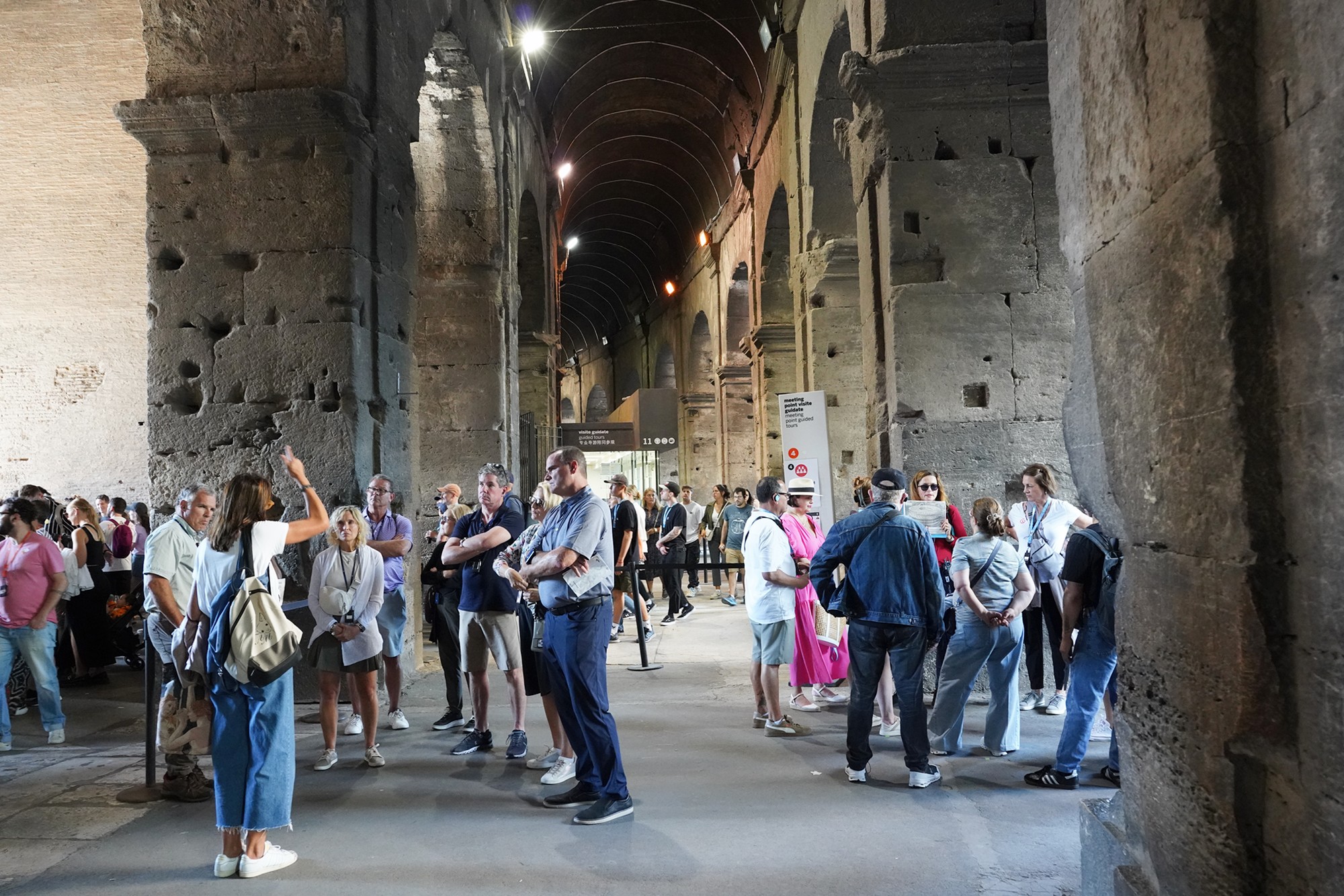
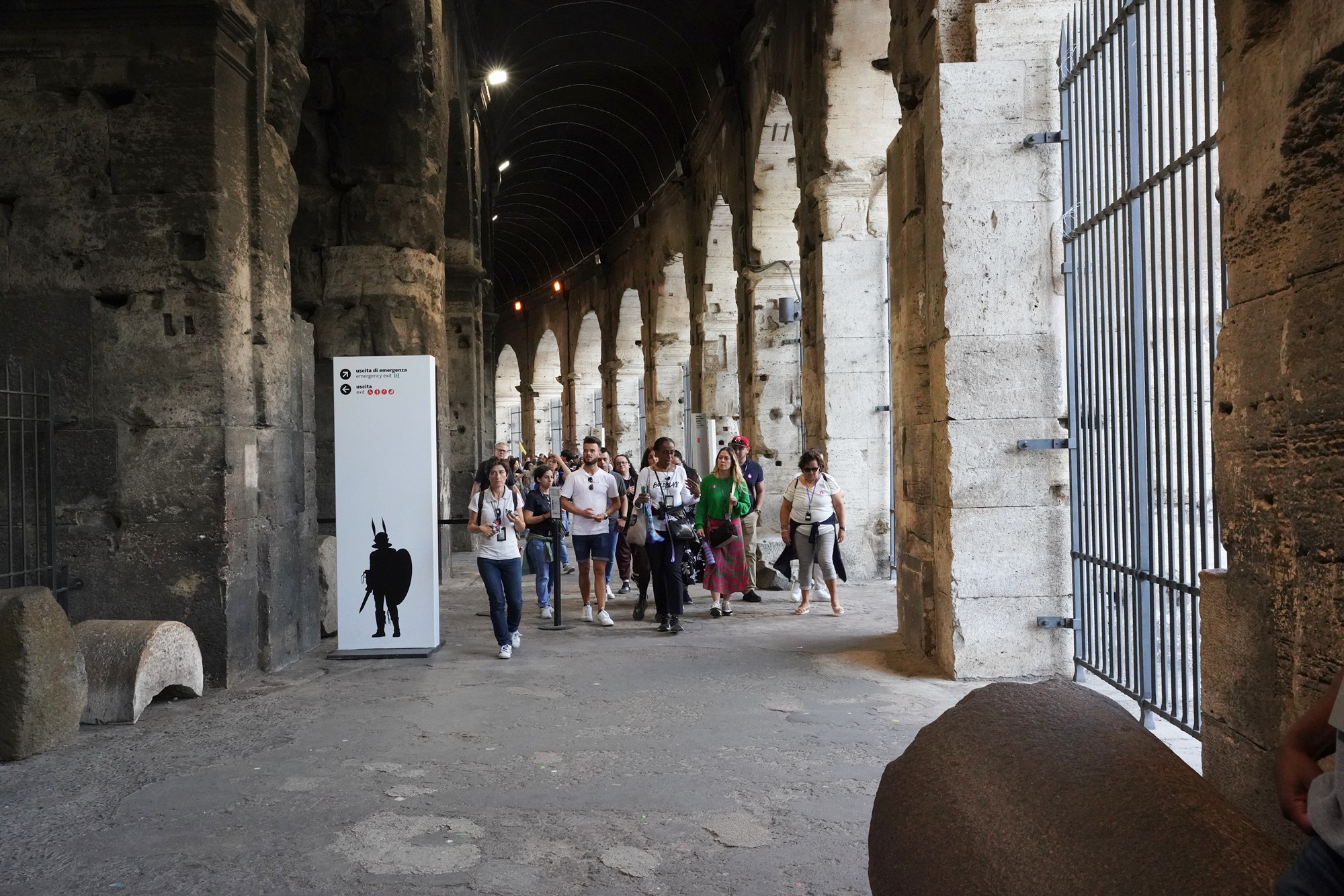

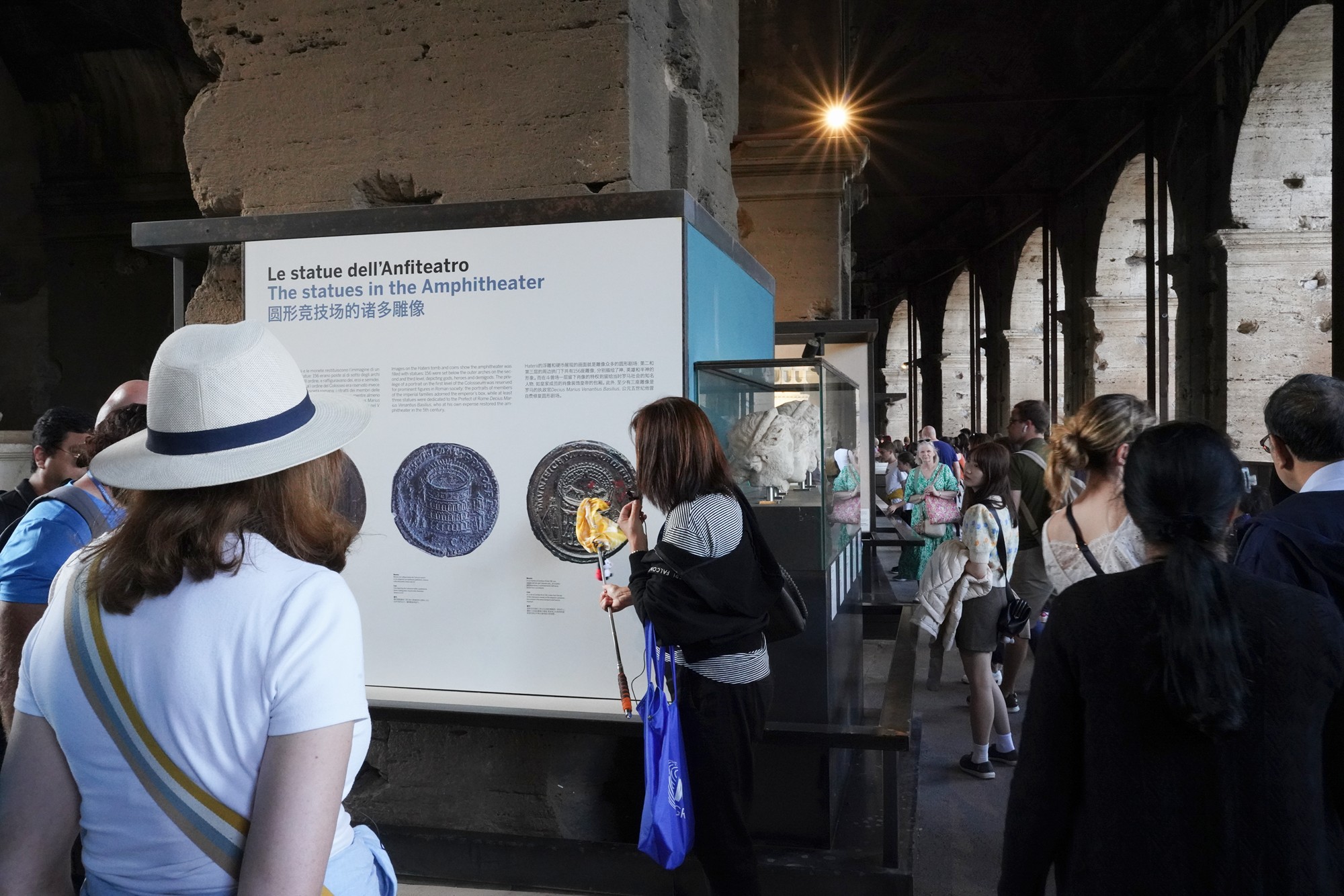
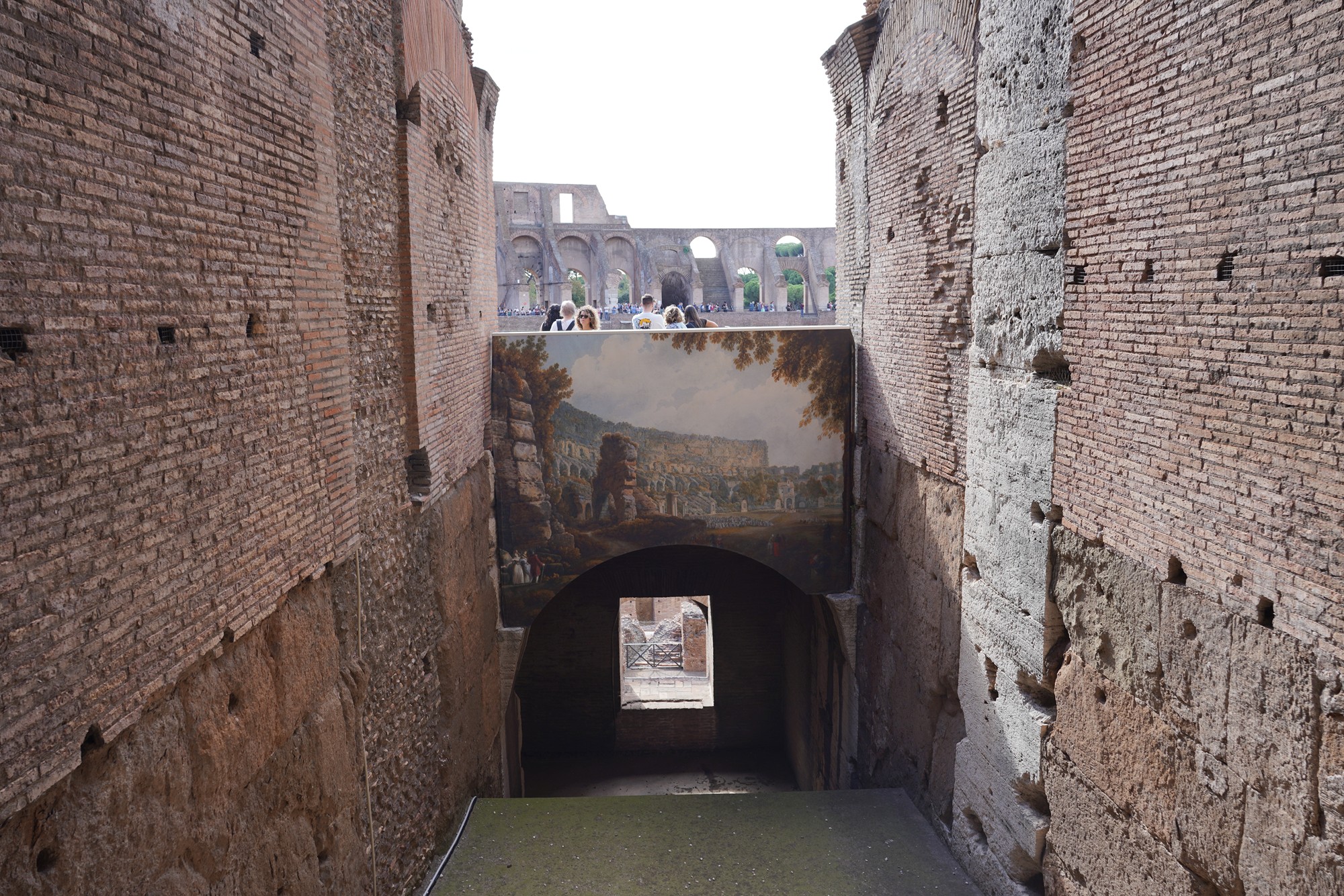

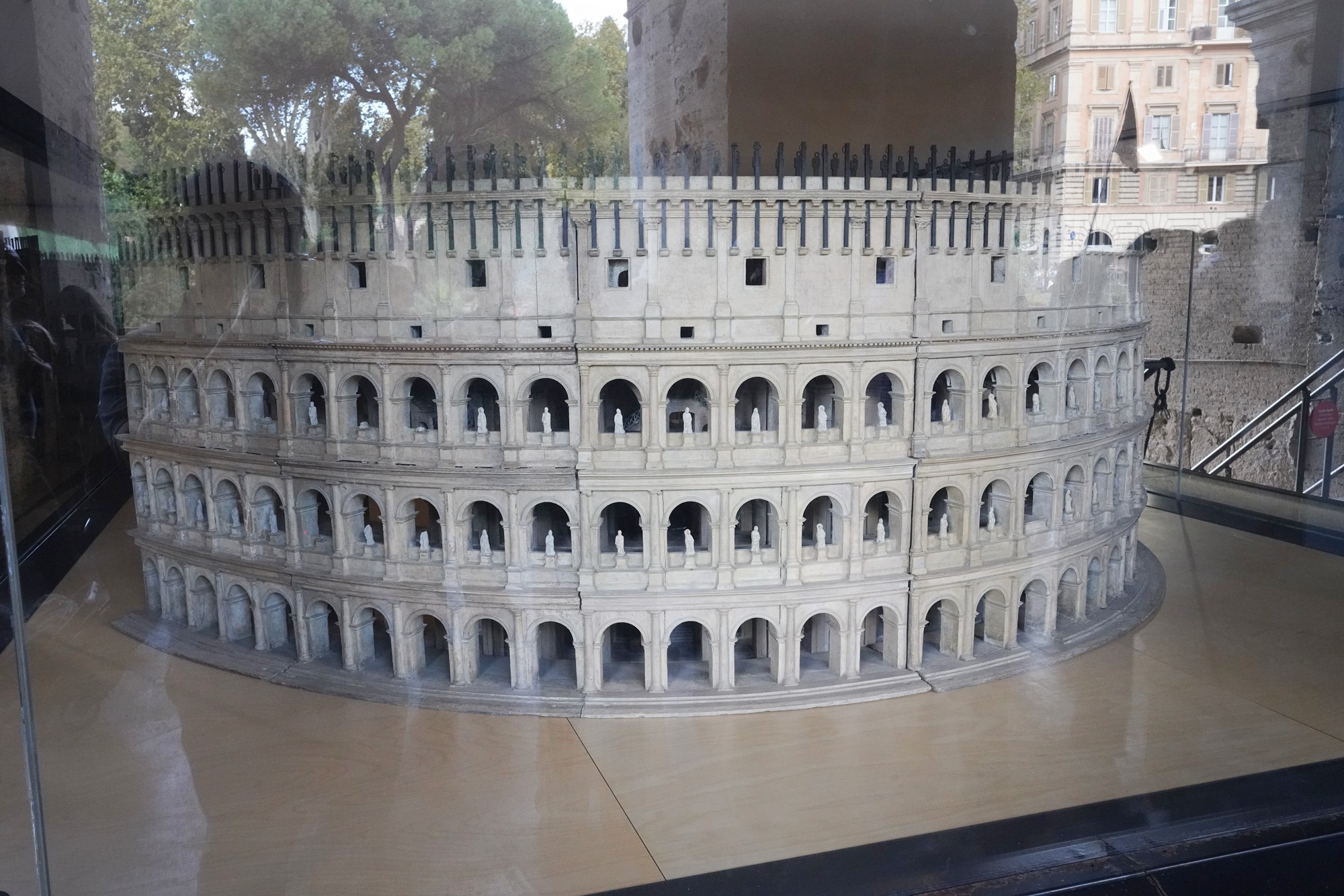

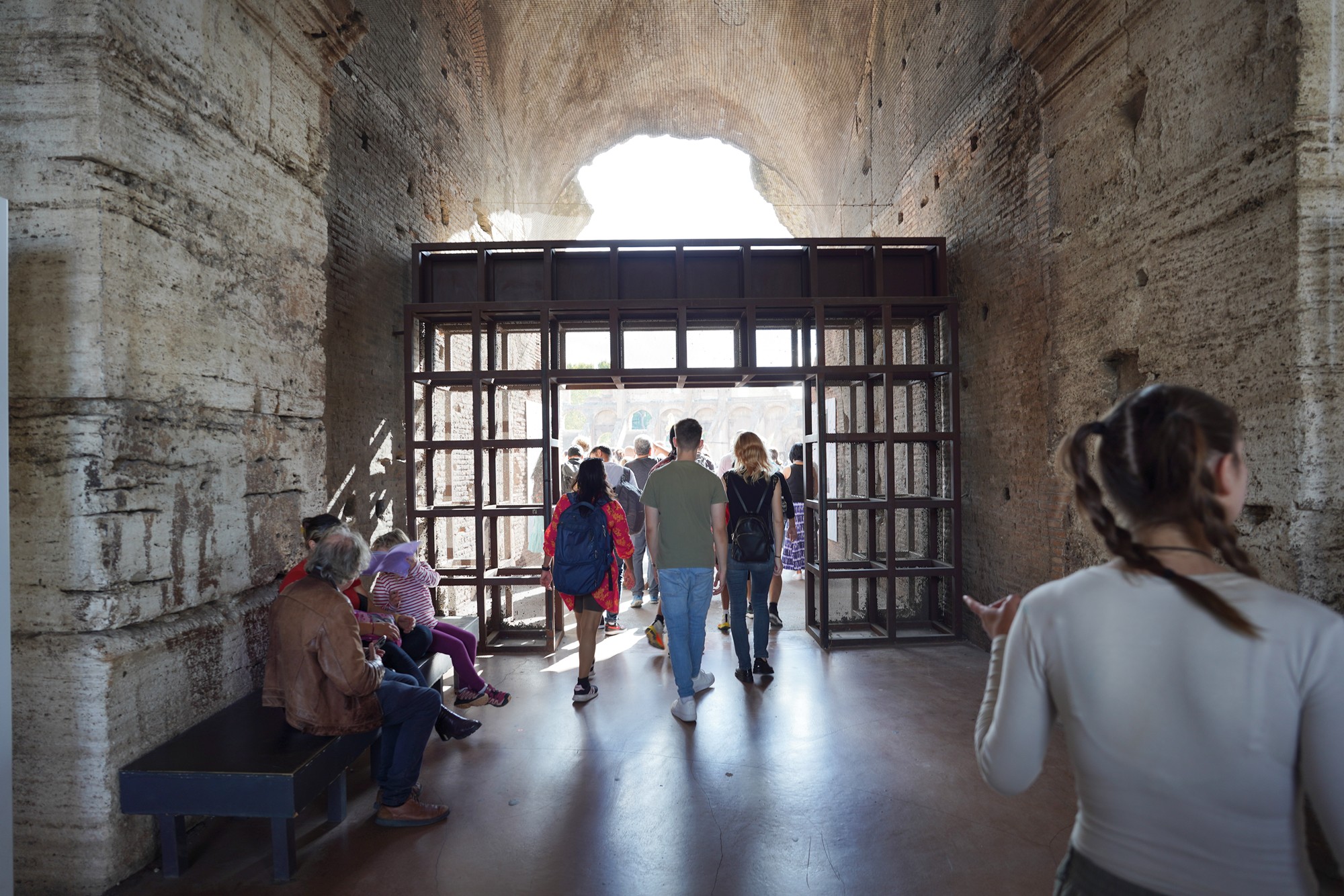


The panoramic view
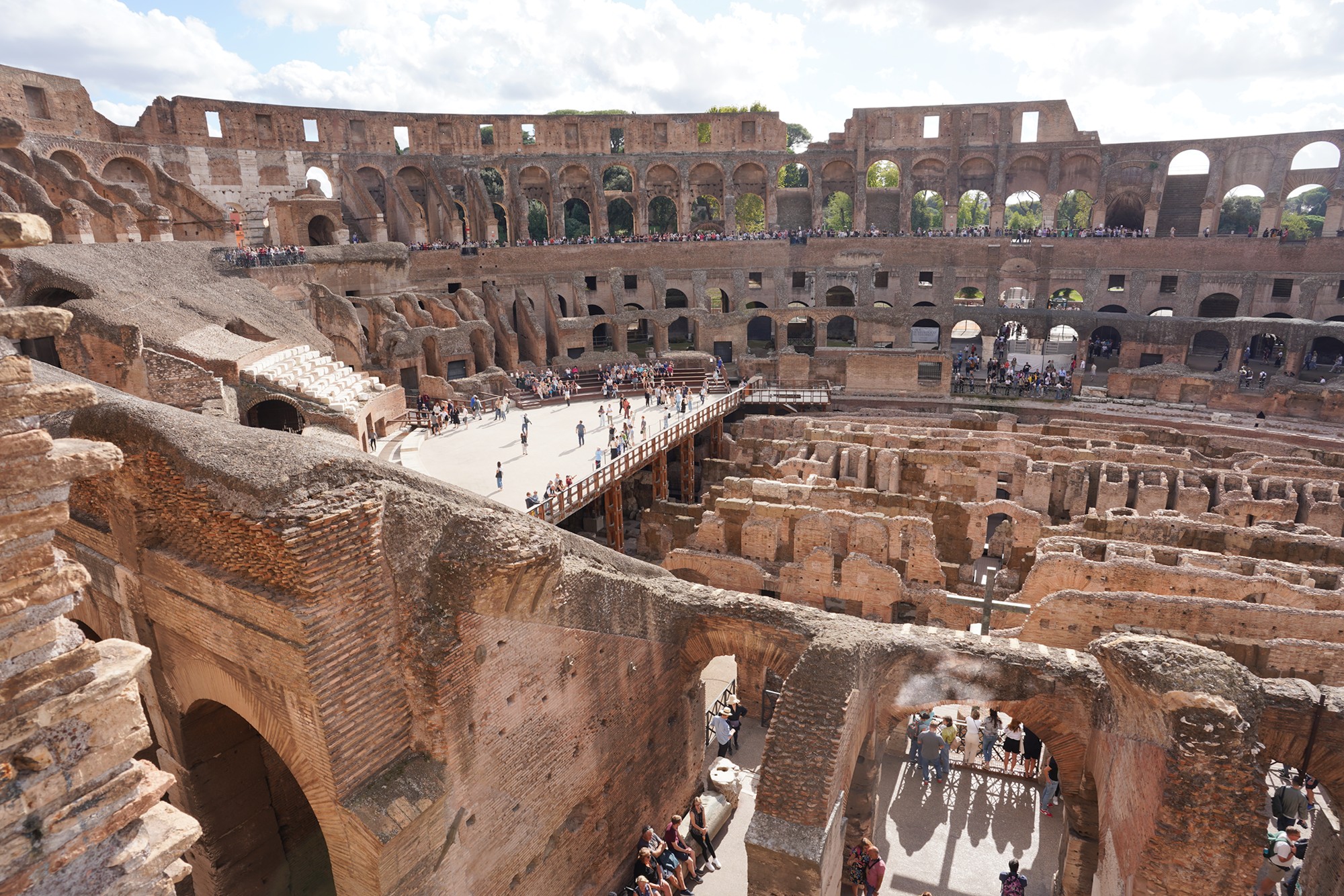


The Colosseum is a massive elliptical structure with a length of 189 meters (615 feet), a width of 156 meters (510 feet), and a height of 50 meters (164 feet). It consists of four levels, including a basement where animals and gladiators were kept before the games.
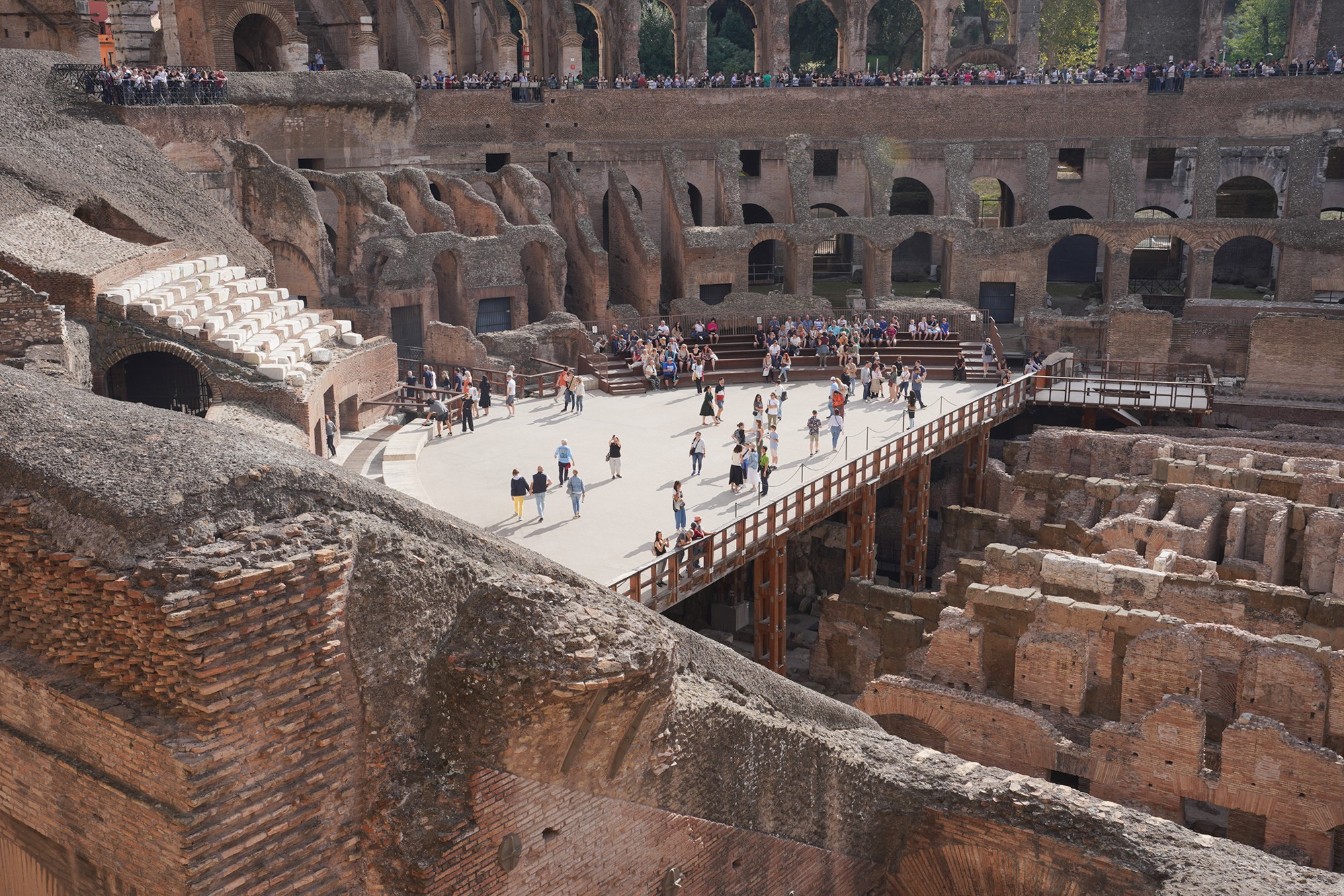


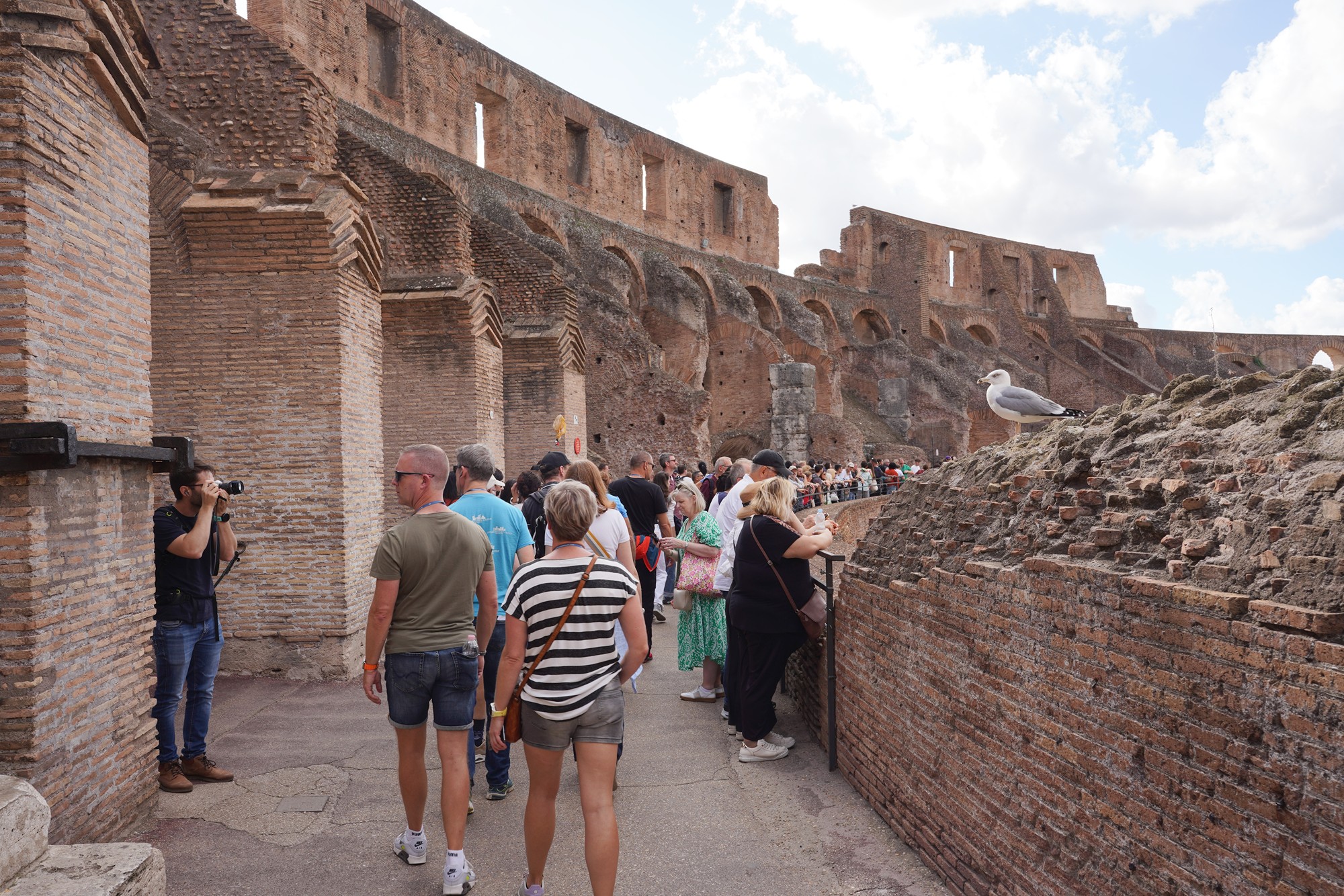
The seating area was divided into different sections based on social class, with the higher classes getting closer seats to the action. The lowest tier was for the senators, the middle for the equestrians (wealthy citizens), and the upper levels for the common people.
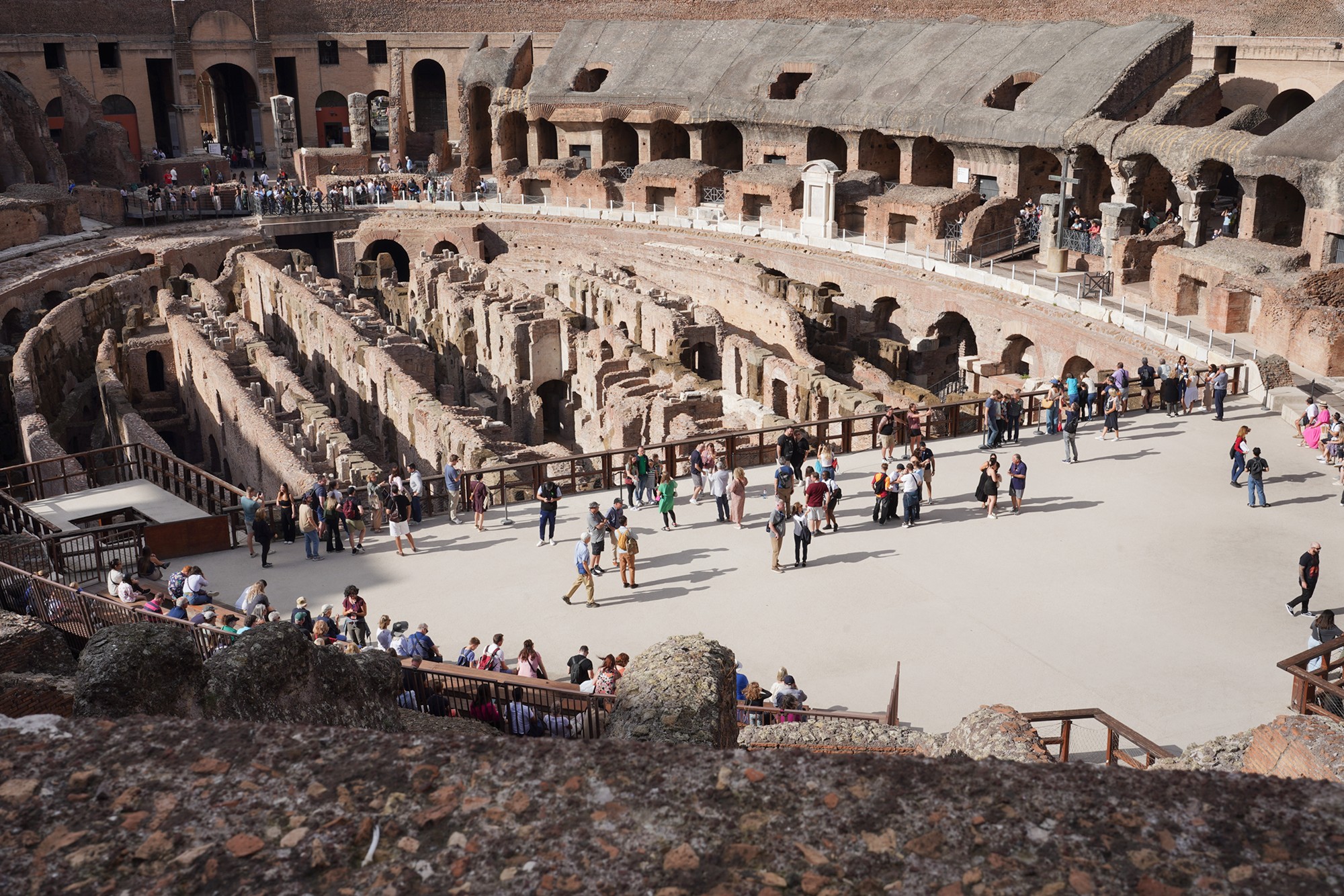

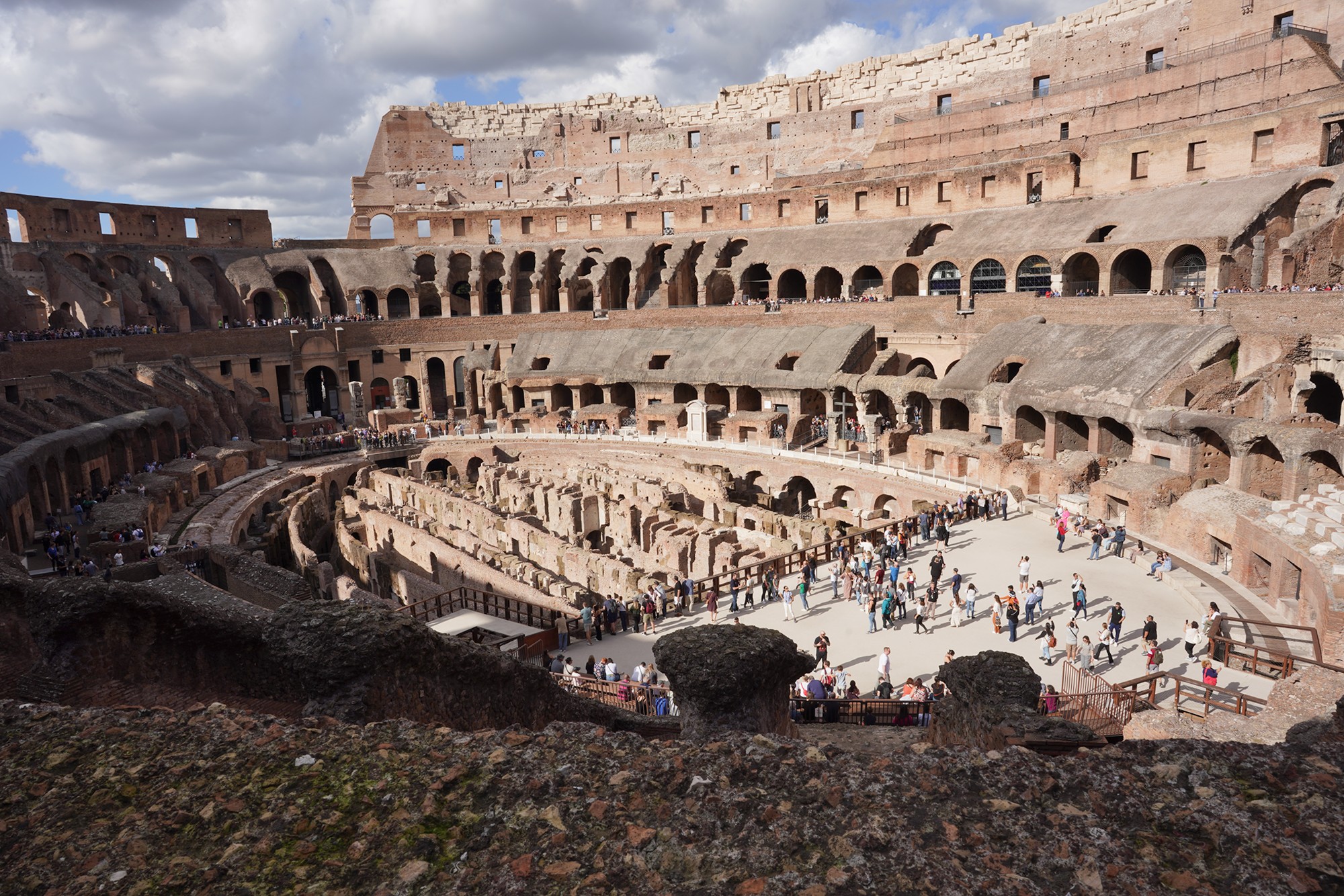

The Colosseum could accommodate around 50,000 to 80,000 spectators, making it one of the largest amphitheaters ever built.
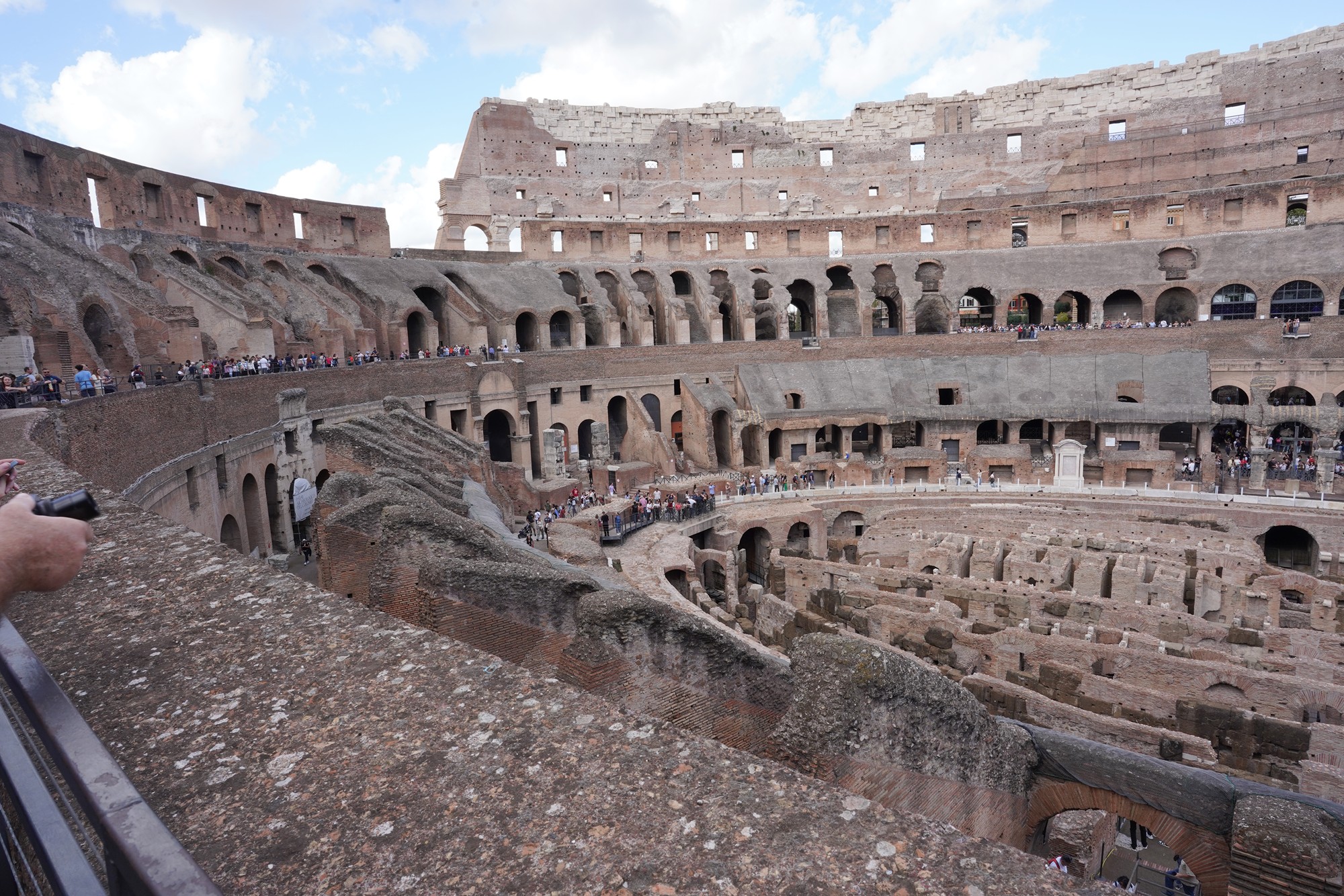
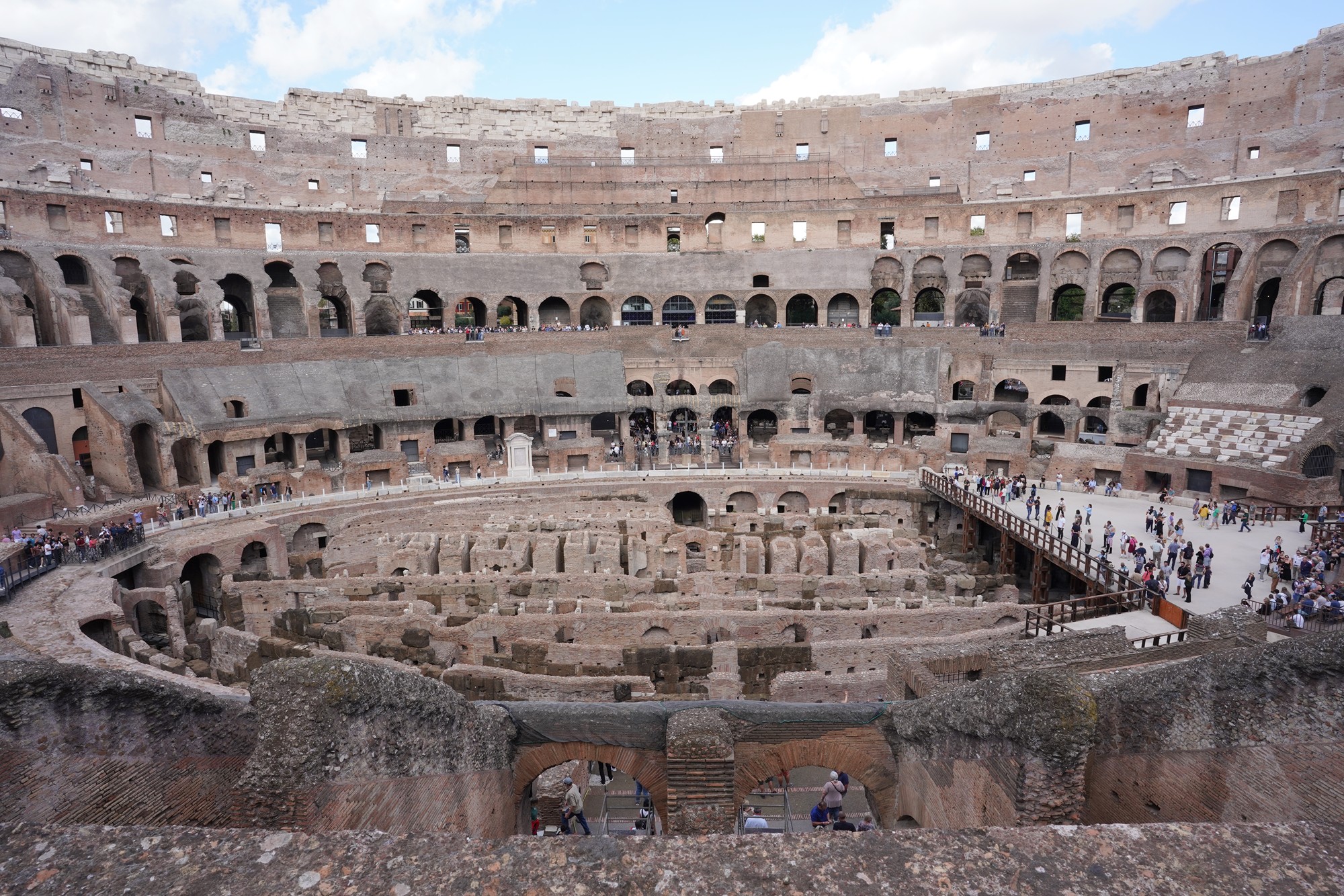
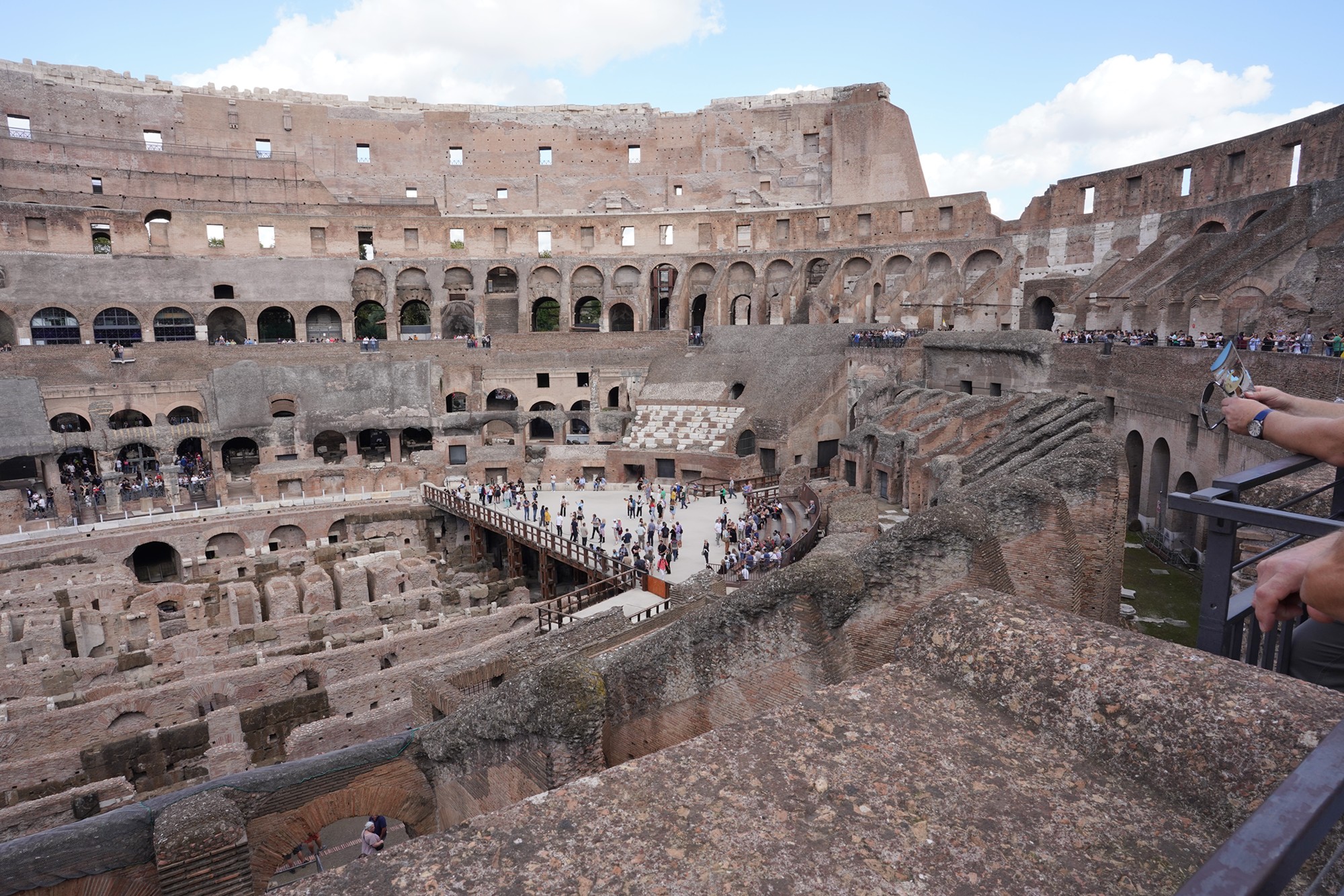
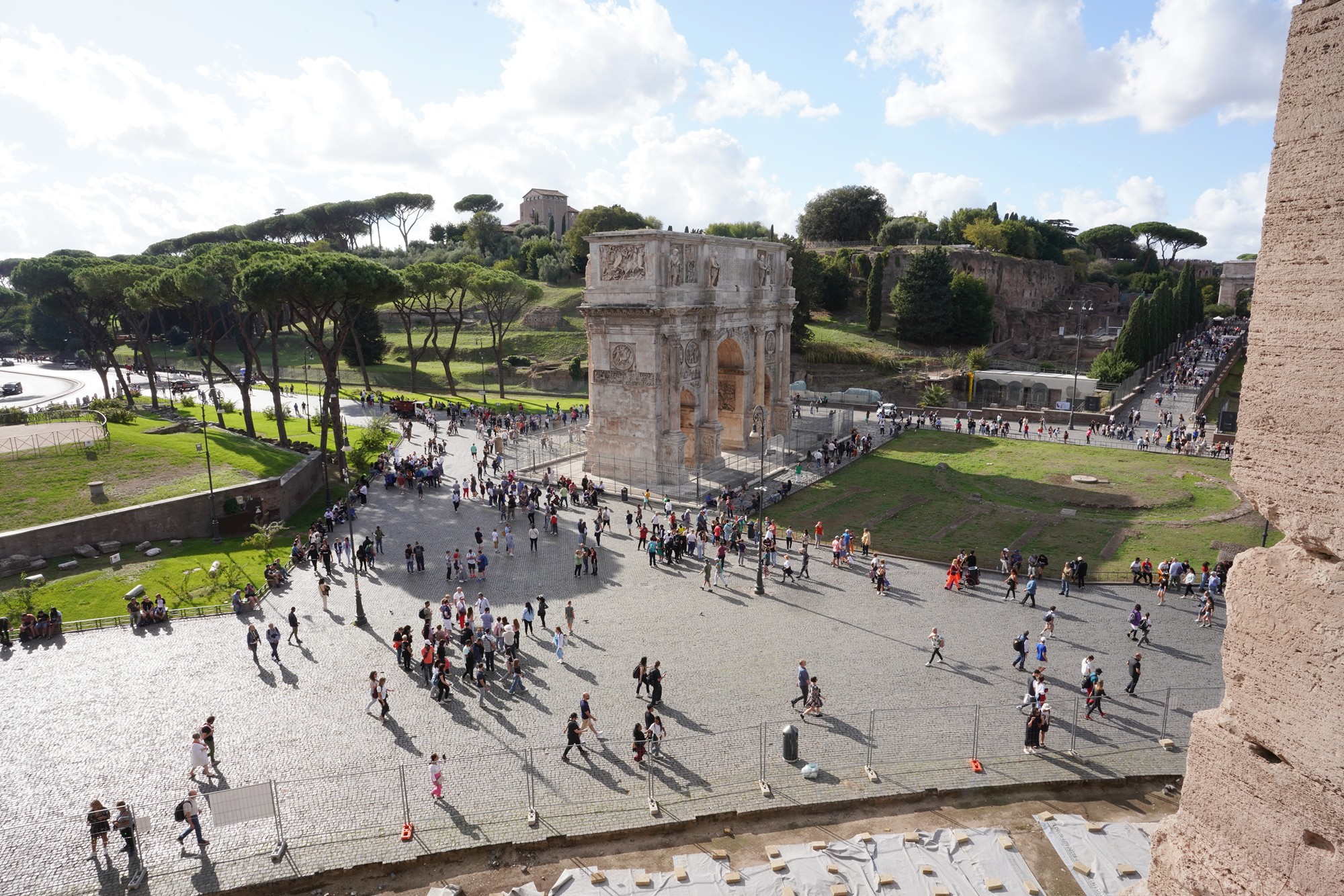
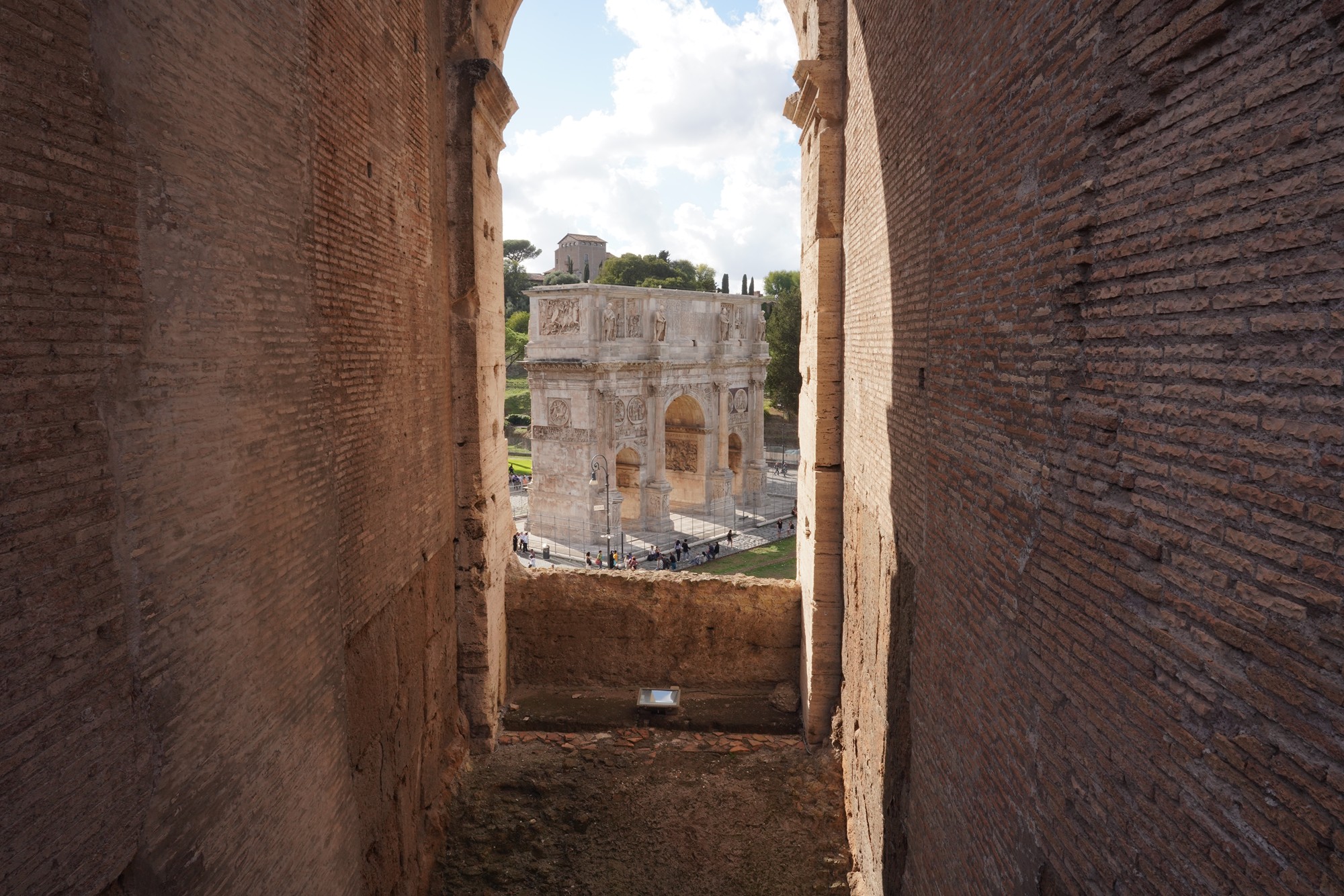
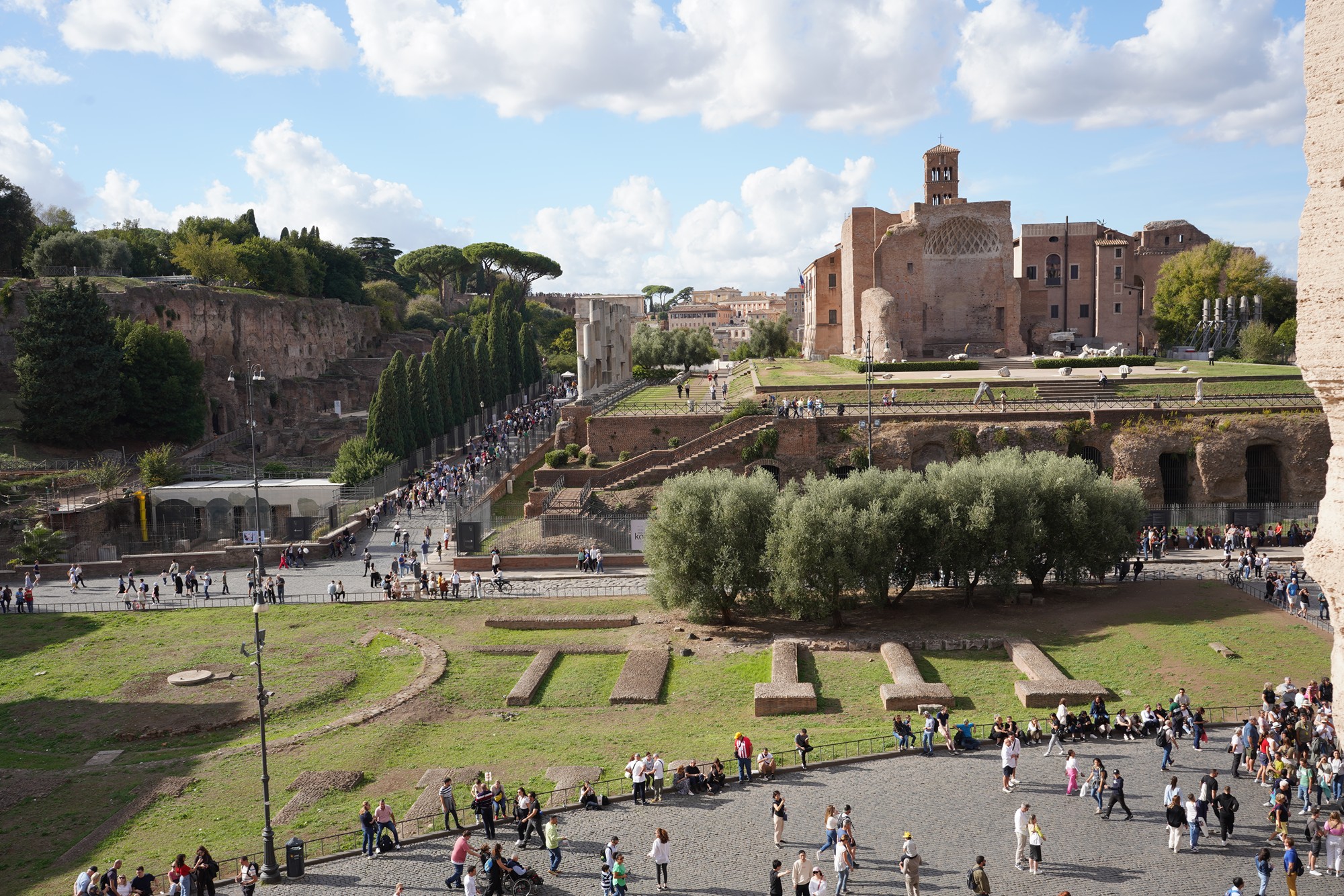
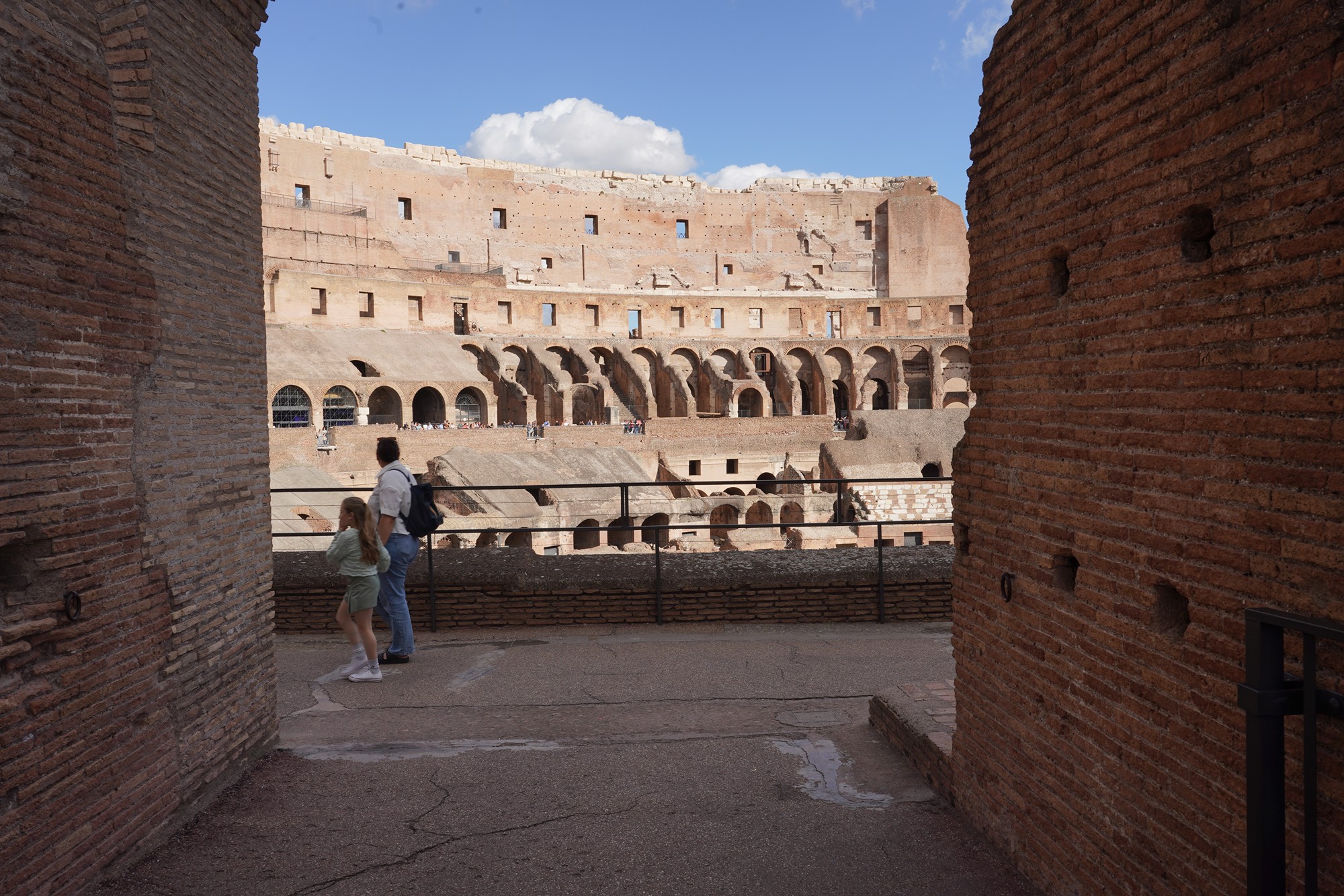
The Colosseum hosted a variety of events, including gladiatorial contests, animal hunts, executions, and mock sea battles. These events were often elaborate and designed to entertain the Roman populace.
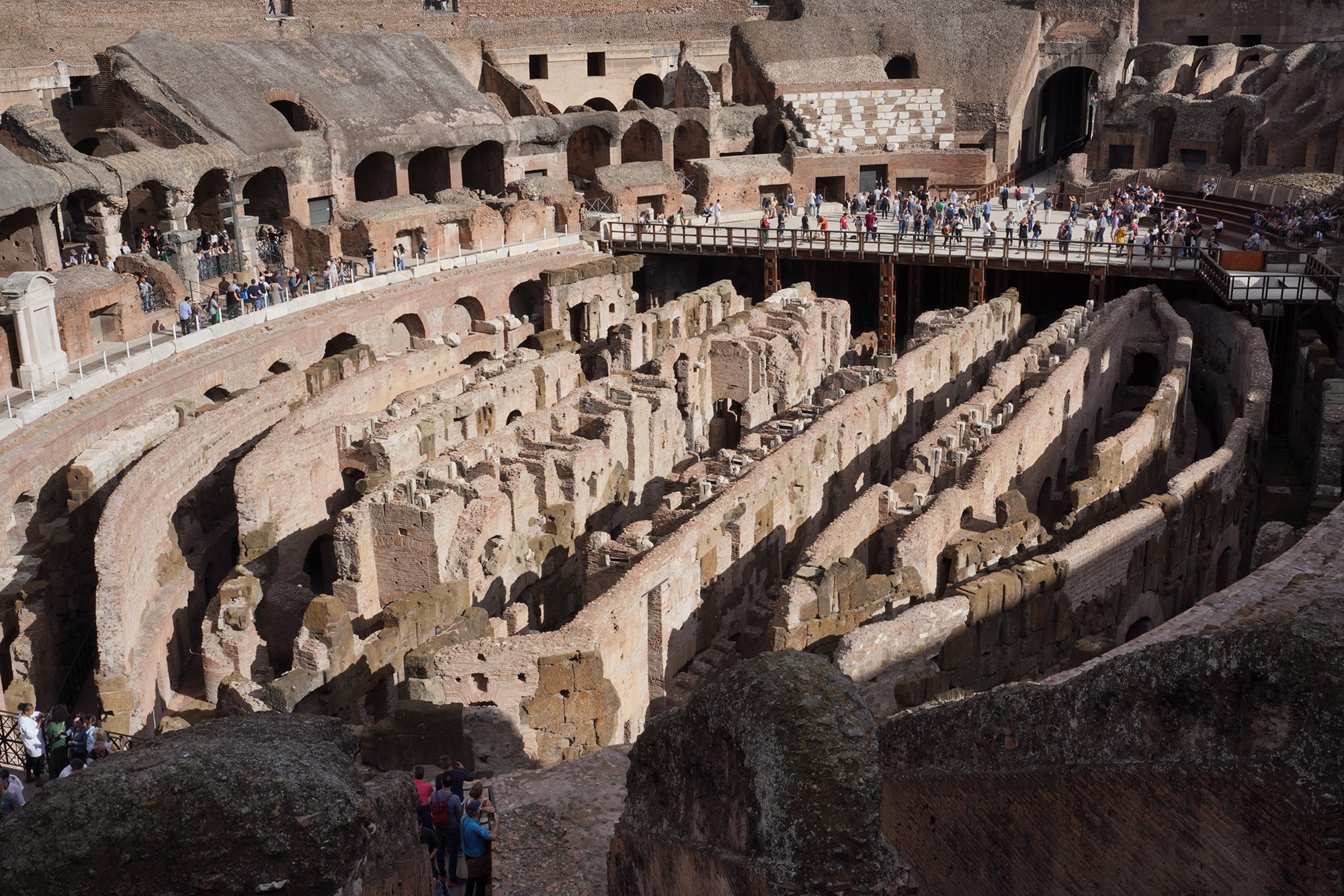

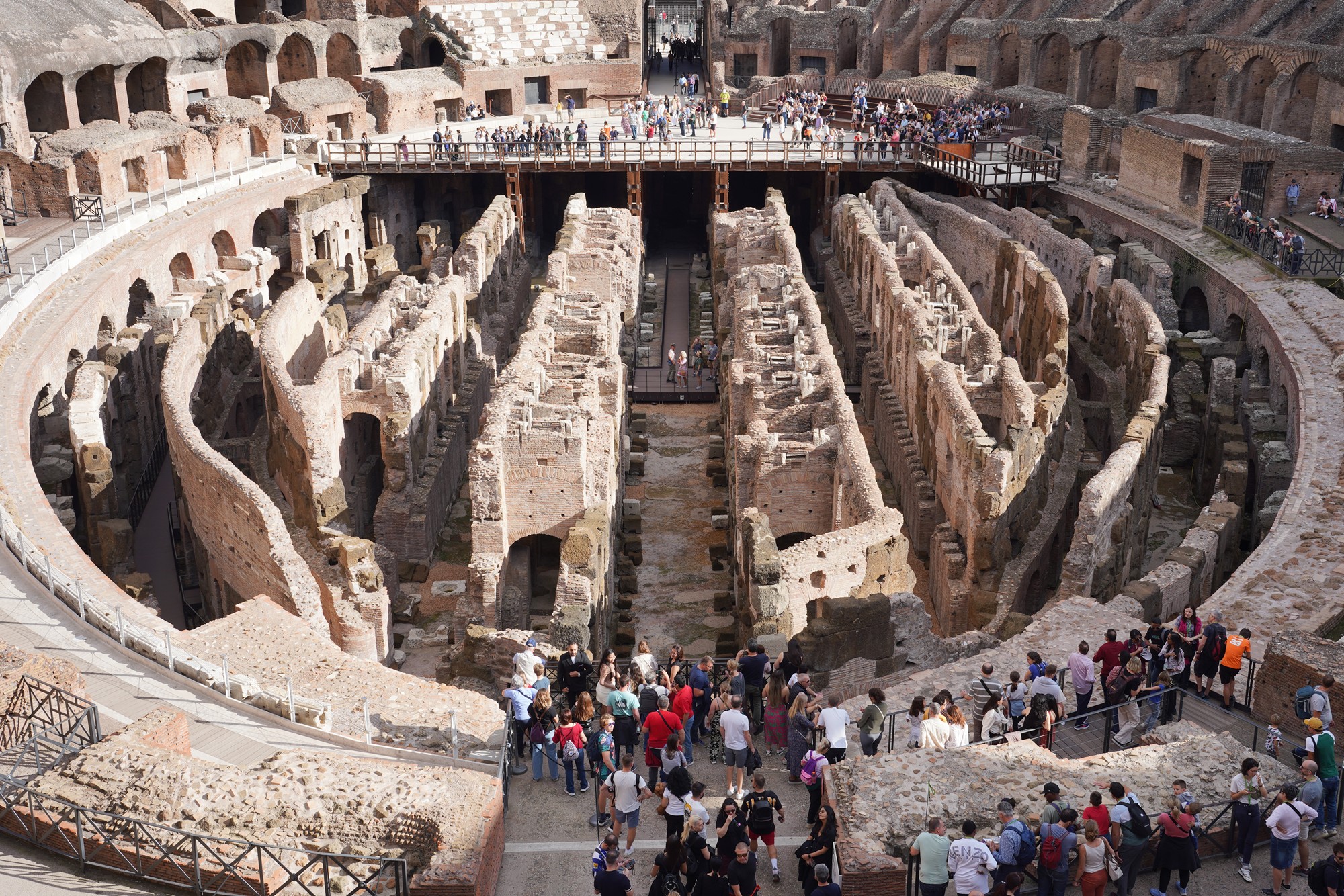
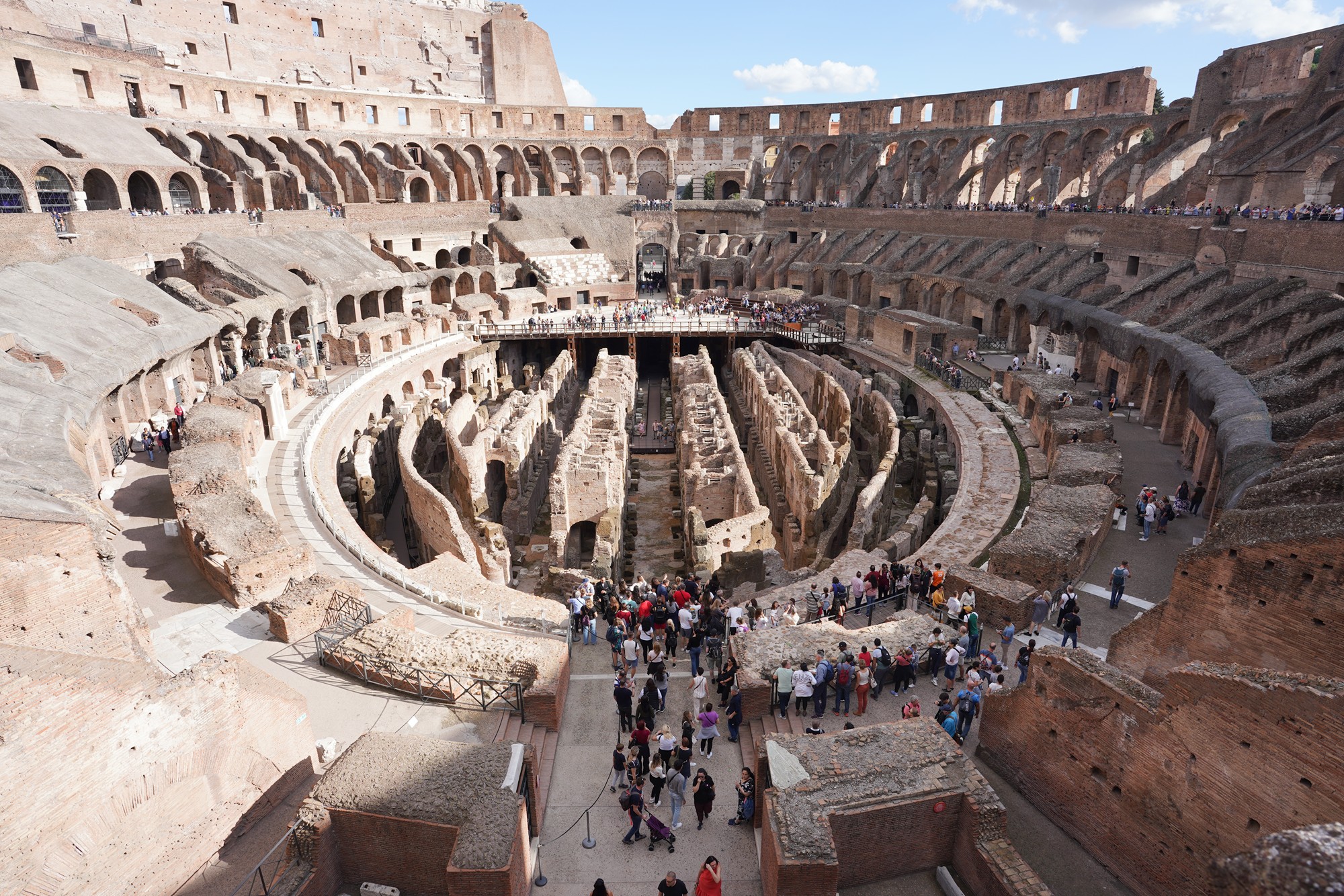
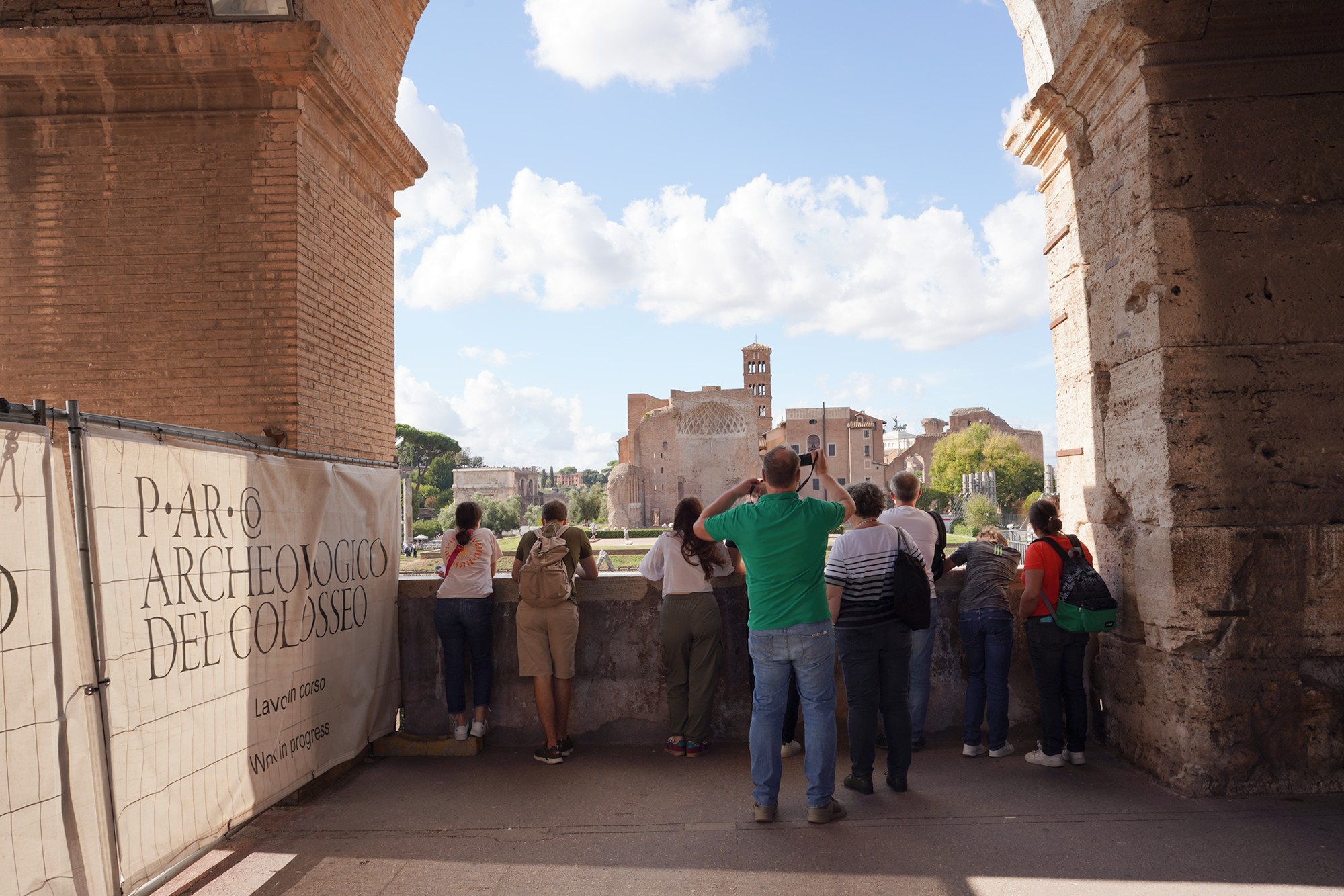


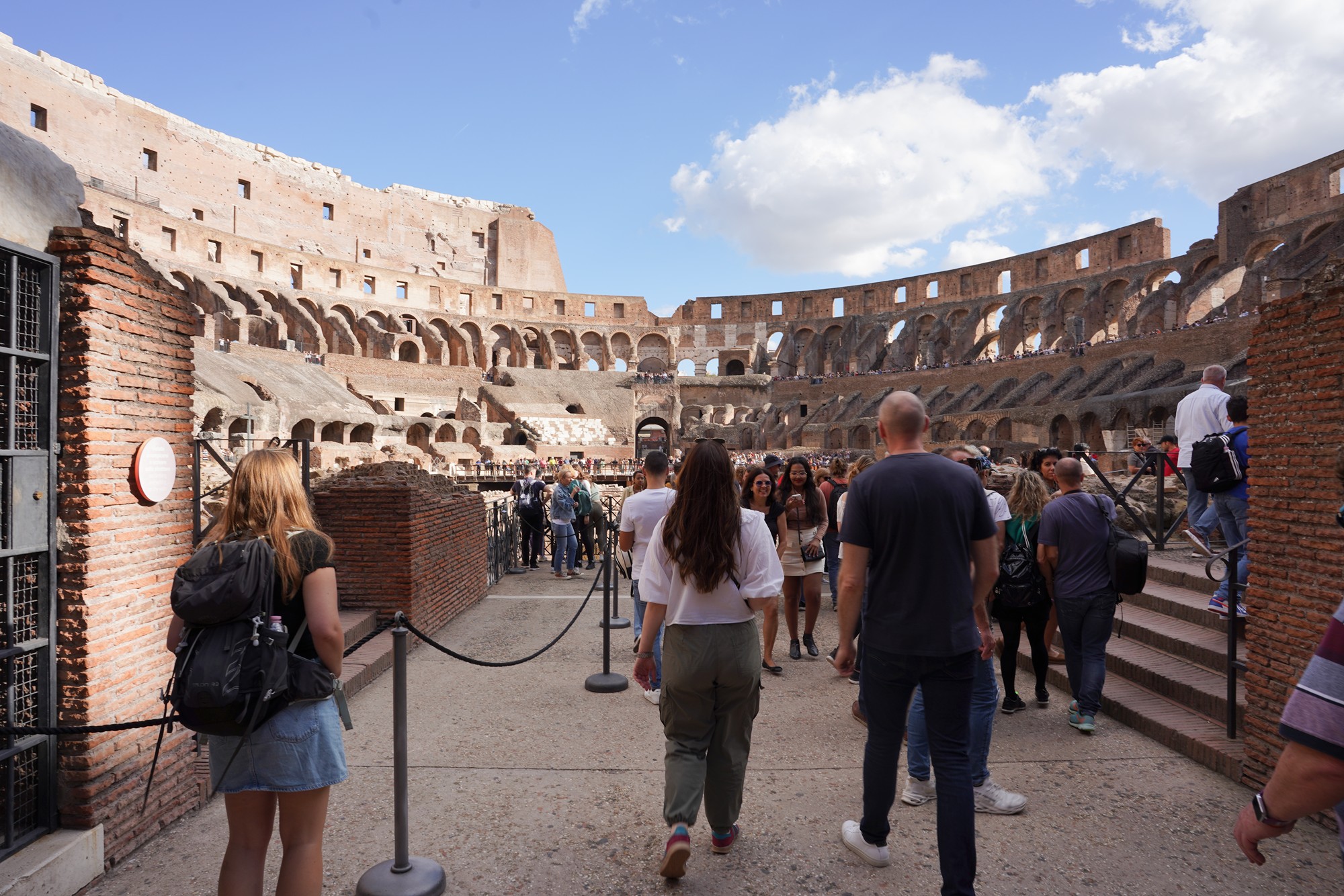
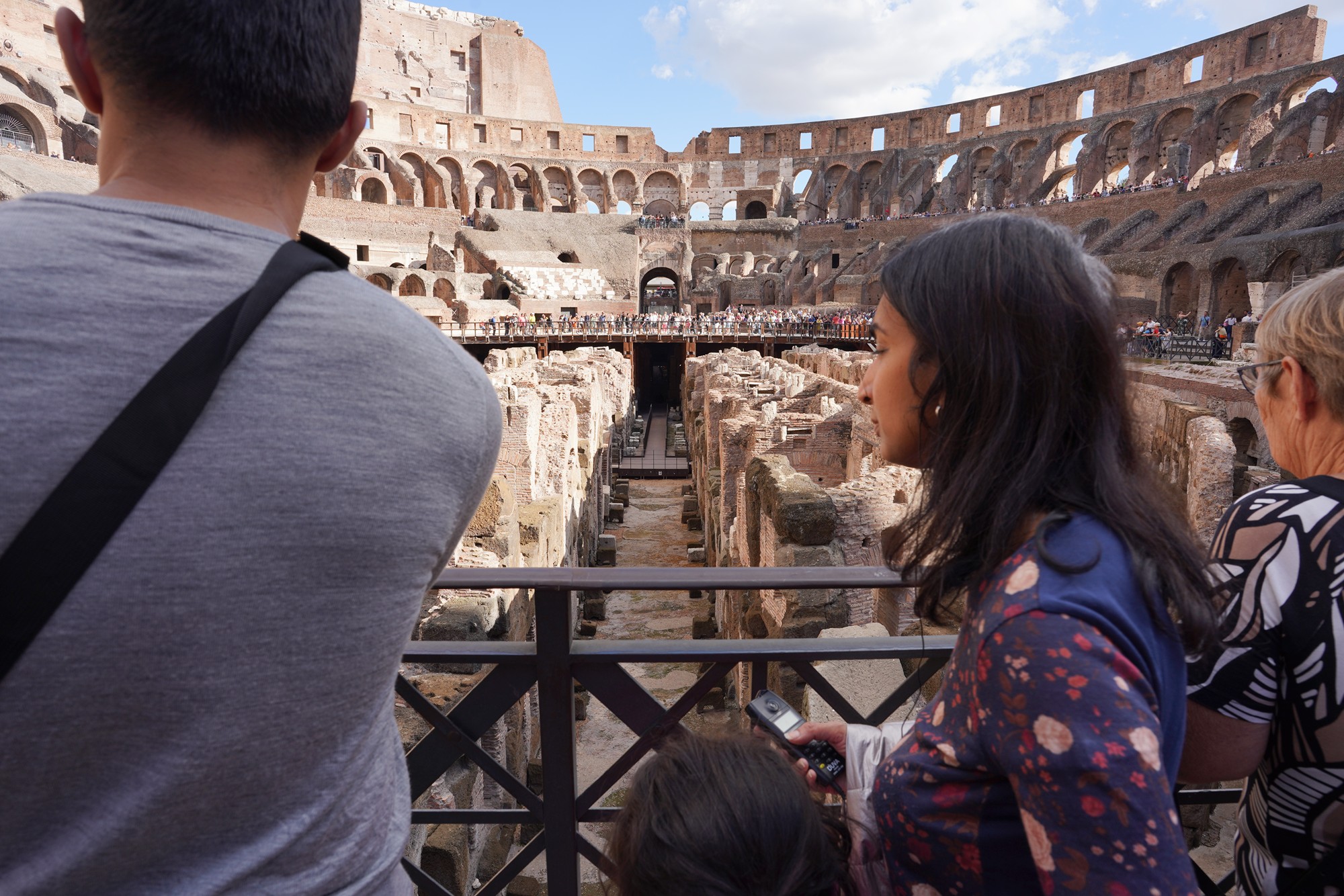
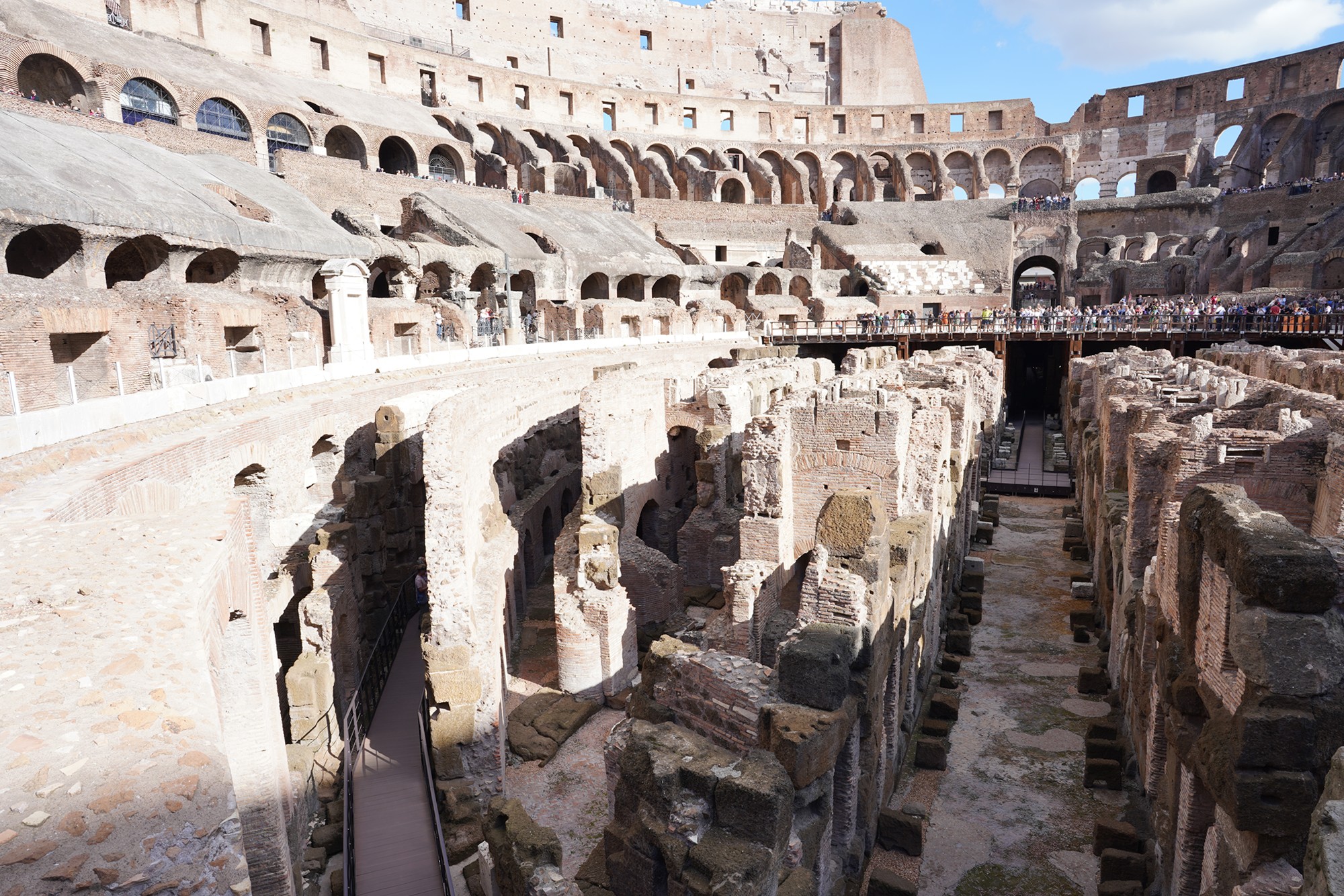
The underground area, known as the hypogeum, was a network of tunnels and chambers where gladiators, animals, and equipment were held before events. Trapdoors and elevators were used to bring participants and animals to the arena floor.

